GURUS WHO DISPEL DARKNESS IN US (HOPE EDITION)
Guru is a teacher and in Sanskrit it means dispeller of darkness. He shares literal knowledge along with his experience with his student to be a better human. Numerous institutions have thrived in India since 1st century as Gurukul.
A guru helps in realization of one's soul.
The syllable gu means darkness, the syllable ru, he who dispels them,
Because of the power to dispel darkness, the guru is thus named.
Because of the power to dispel darkness, the guru is thus named.
- Advayataraka Upanishad
Thanks to all my gurus who helped me in completing this set of illustrations and to the guru who introduced me to this wonderful world of digital design.
Original Illustrations inspired by Bengal Pattachitra, folk art form of West Bengal, India.
In partnership with Artpreneur Program
------------------------------------------------------------------------------------------------------------------------
ADISHANKARAR & PADMAPADAR
Adishankarar was born around 700 CE and expounded Advaita Vedanta philosophy. He established 4 monastries in India and his first disciple was Padmapadar who was the first Head of Puri Govardhana monastery. Their relationship exemplifies teacher - student relationship. For Padmapadar teacher’s command is ultimate. Once when he and Adishankarar were on either side of a river, Shankara called out his name and Padmapadar without realising that he is crossing a river, just ran across. For every step he took, a lotus bloomed at his feet. Hence the name Padma (Lotus) Pada (feet) was conferred on him. His birth name was Sanandana.
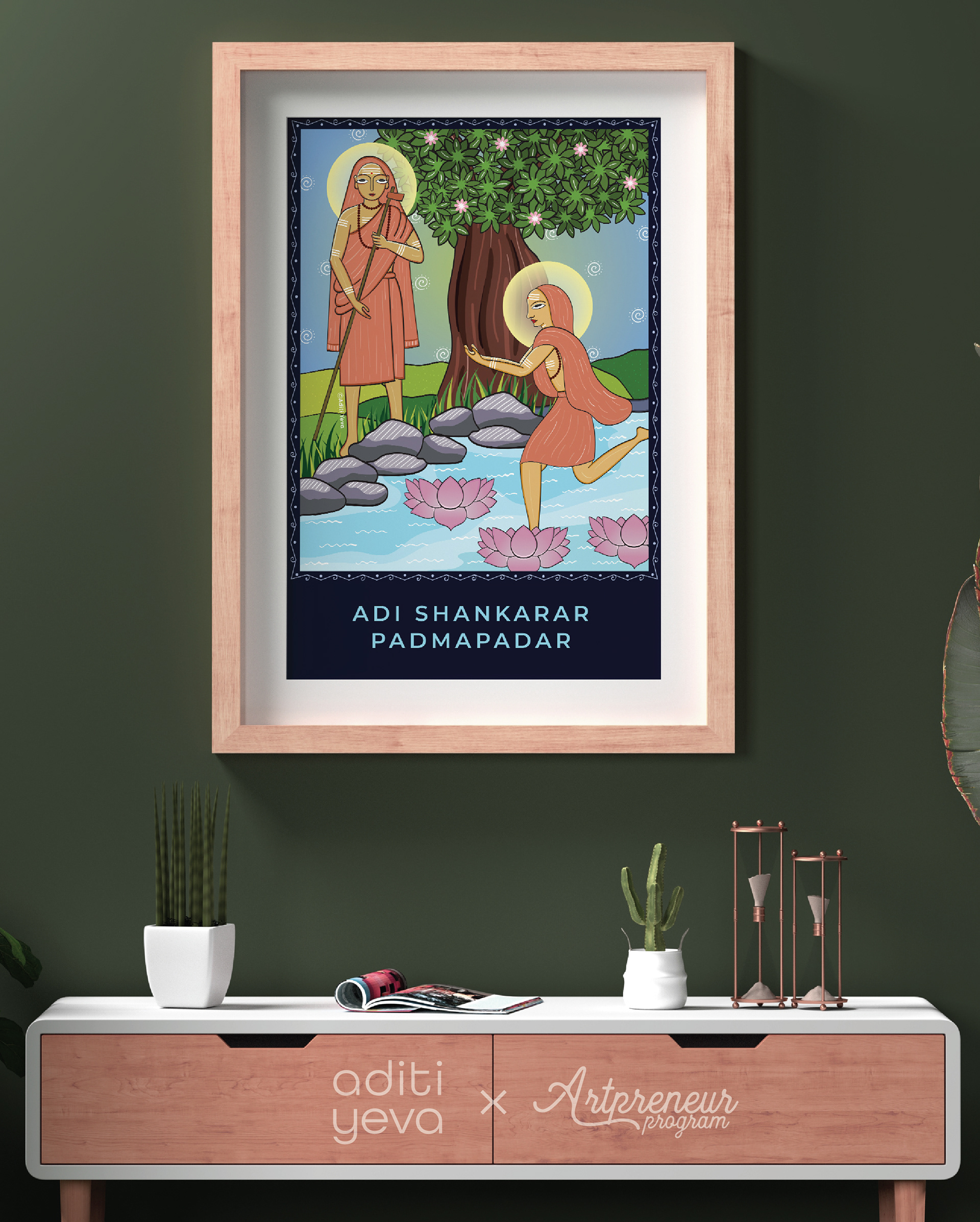
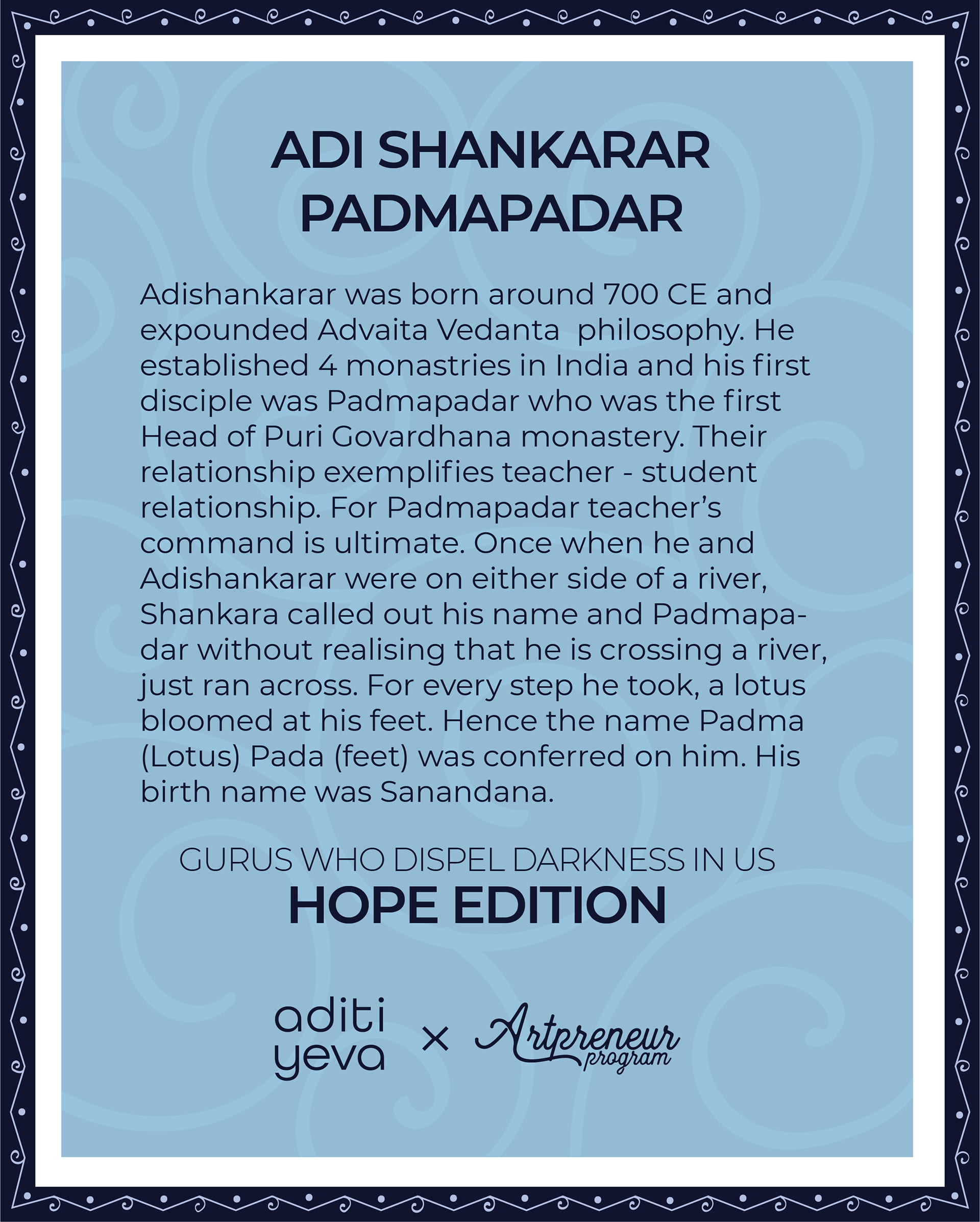


ARUNAGIRINATHAR
Arunagirinathar was a saint who lived in TamilNadu, India, during the 15th century. He penned “Thiruppugazh” in praise of Lord Karthikeya. His poems are in complex rhythmic style. During his earlier days, he was attracted to pleasures of flesh and suffered from leprosy. He realized his mistake and tried to jump from a temple to commit suicide and Lord Karthikeya himself saved him and explained his path ahead. Due to jealousy, he was accused of espousing false beliefs. The king, upon hearing this, arranged a huge gathering wherein Arunagirinathar had to prove the existence of Karthikeya to others. It is believed that young karthikeya appeared and saved the life of Arunagirinathar.

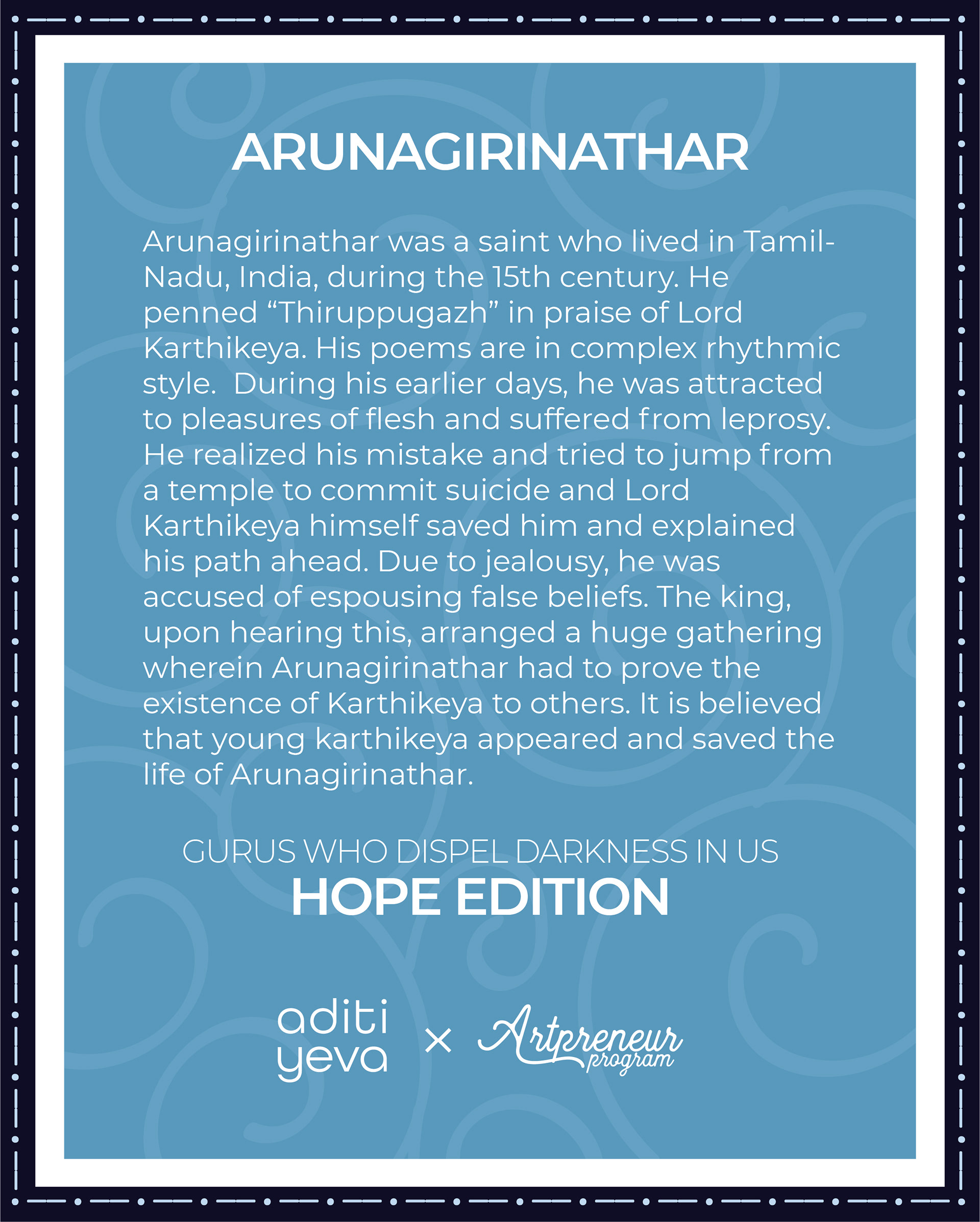
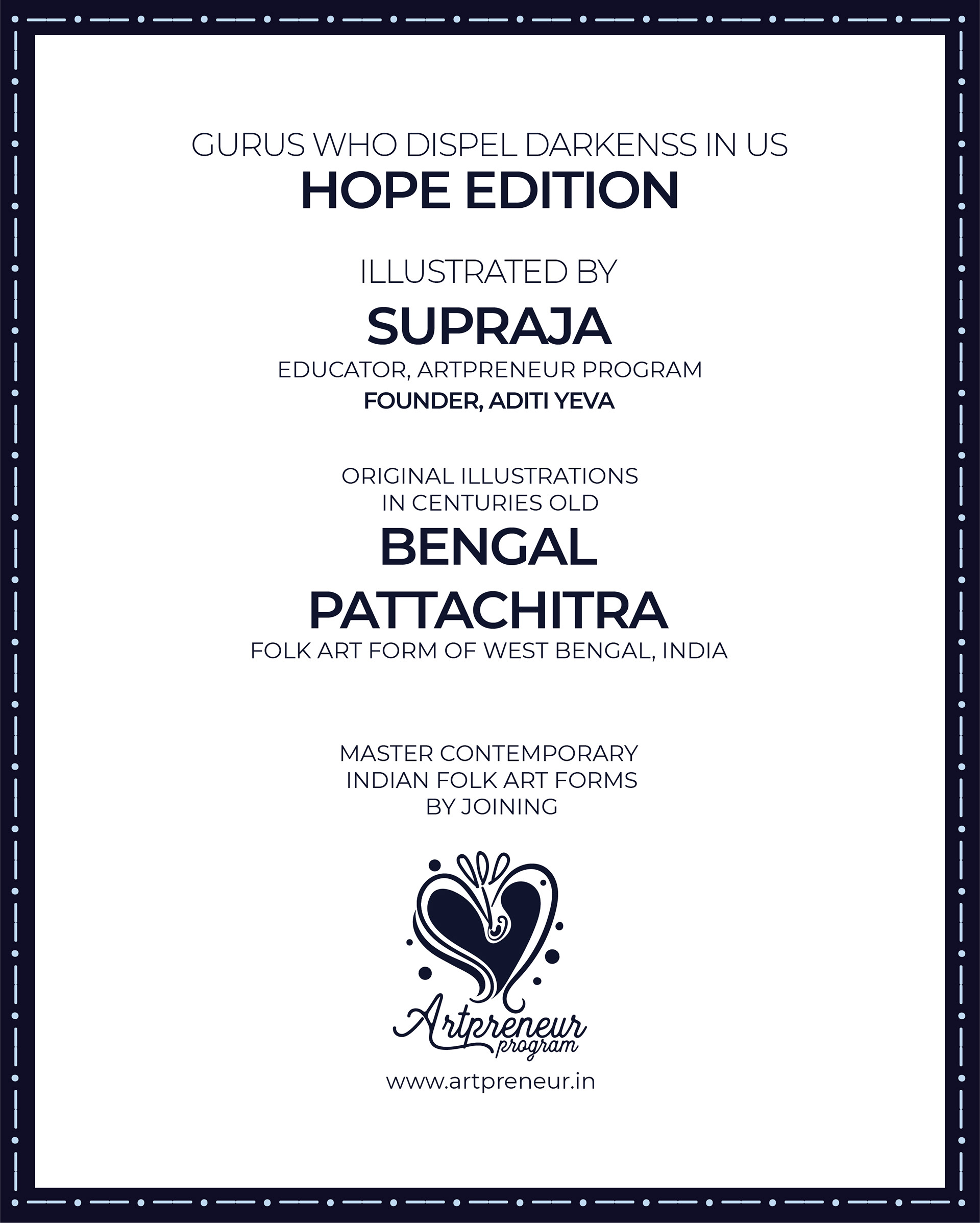
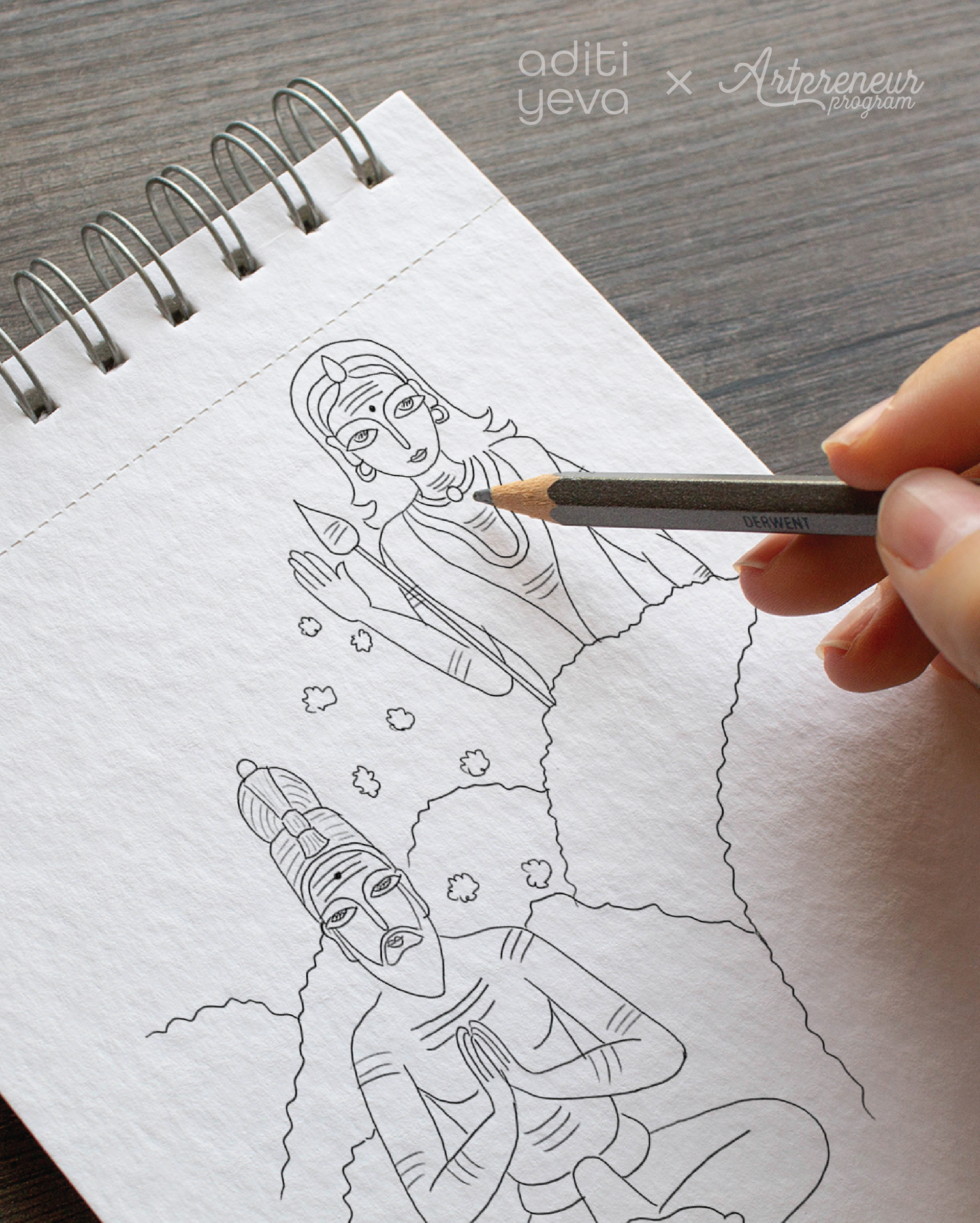
SRI AUROBINDO
Sri Aurobindo was involved in the national freedom movement in India. When he was arrested, he had mystical experiences in the jail. He left politics for spiritual work. He went on to establish Sri Aurobindo Ashram in present day Puducherry, India. His spiritual collaborator was Mira Alfassa, also known as The Mother. A universal town called Auroville was established by the Mother, where people of all countries live in peace and harmony. At the centre of this city, is Matrimandir (a geodesic dome). Matrimandir does not belong to any particular religion or section. Inside the central dome is a meditation hall which is significant for practitioners of Integral Yoga (established by Sri Aurobindo).

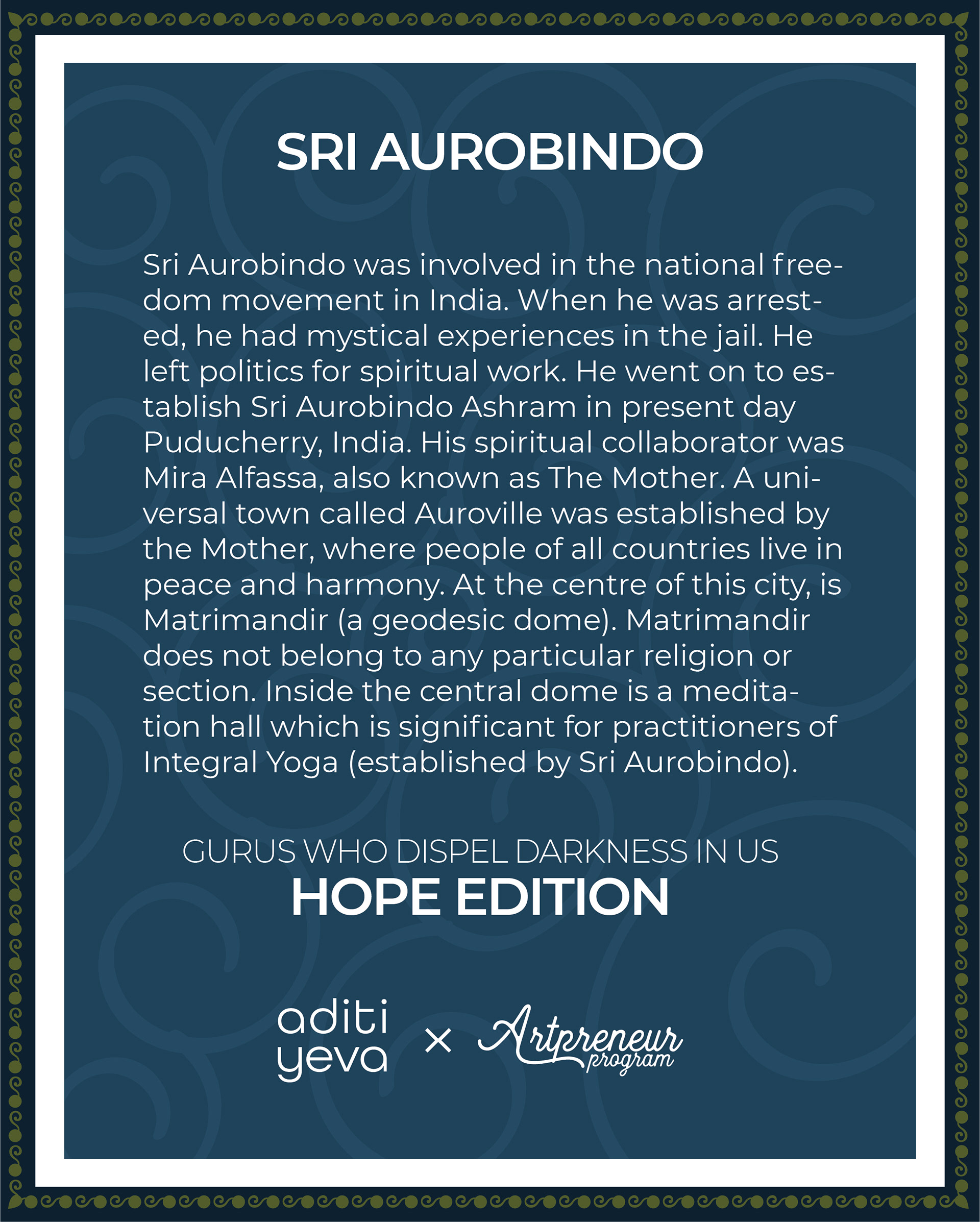
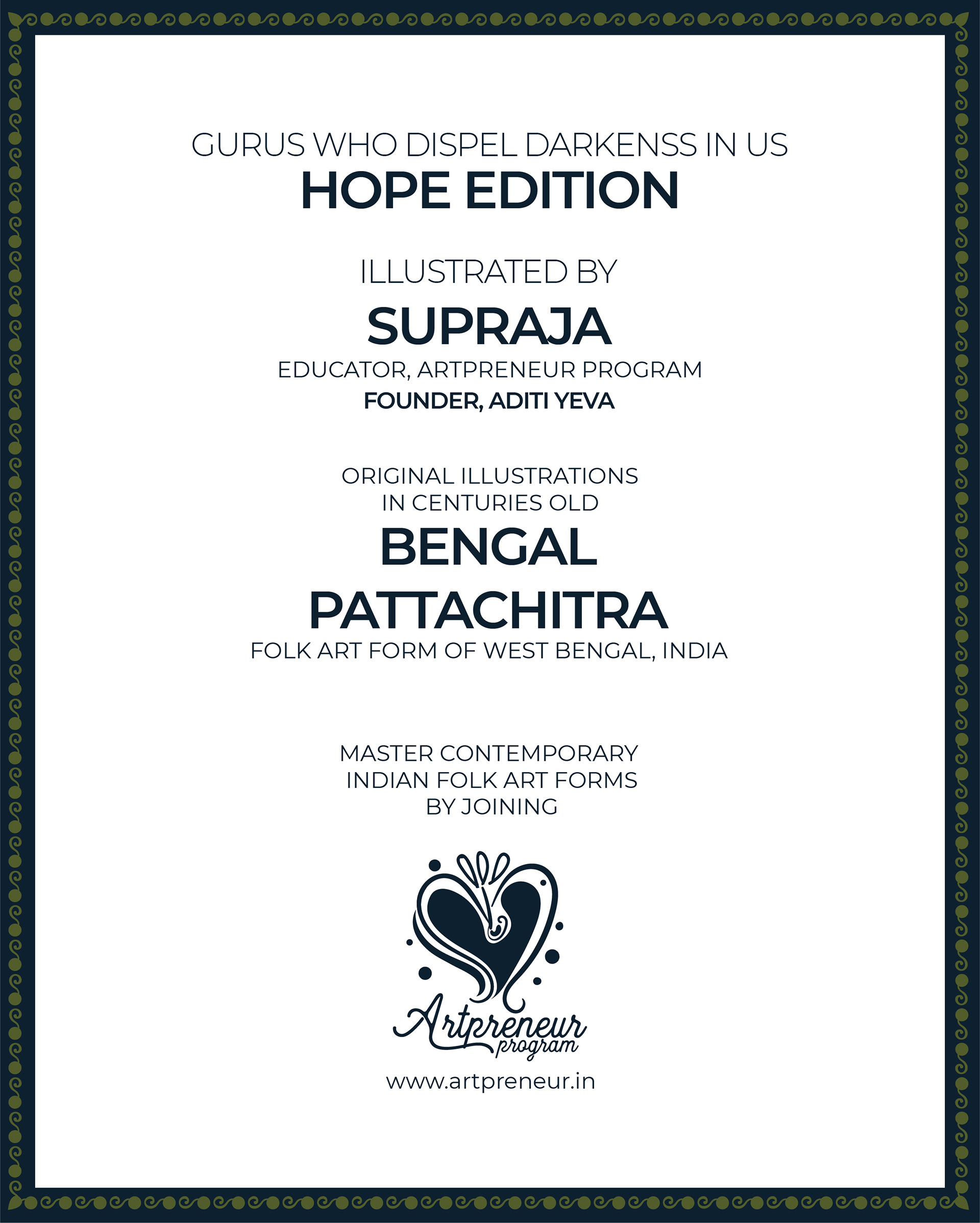
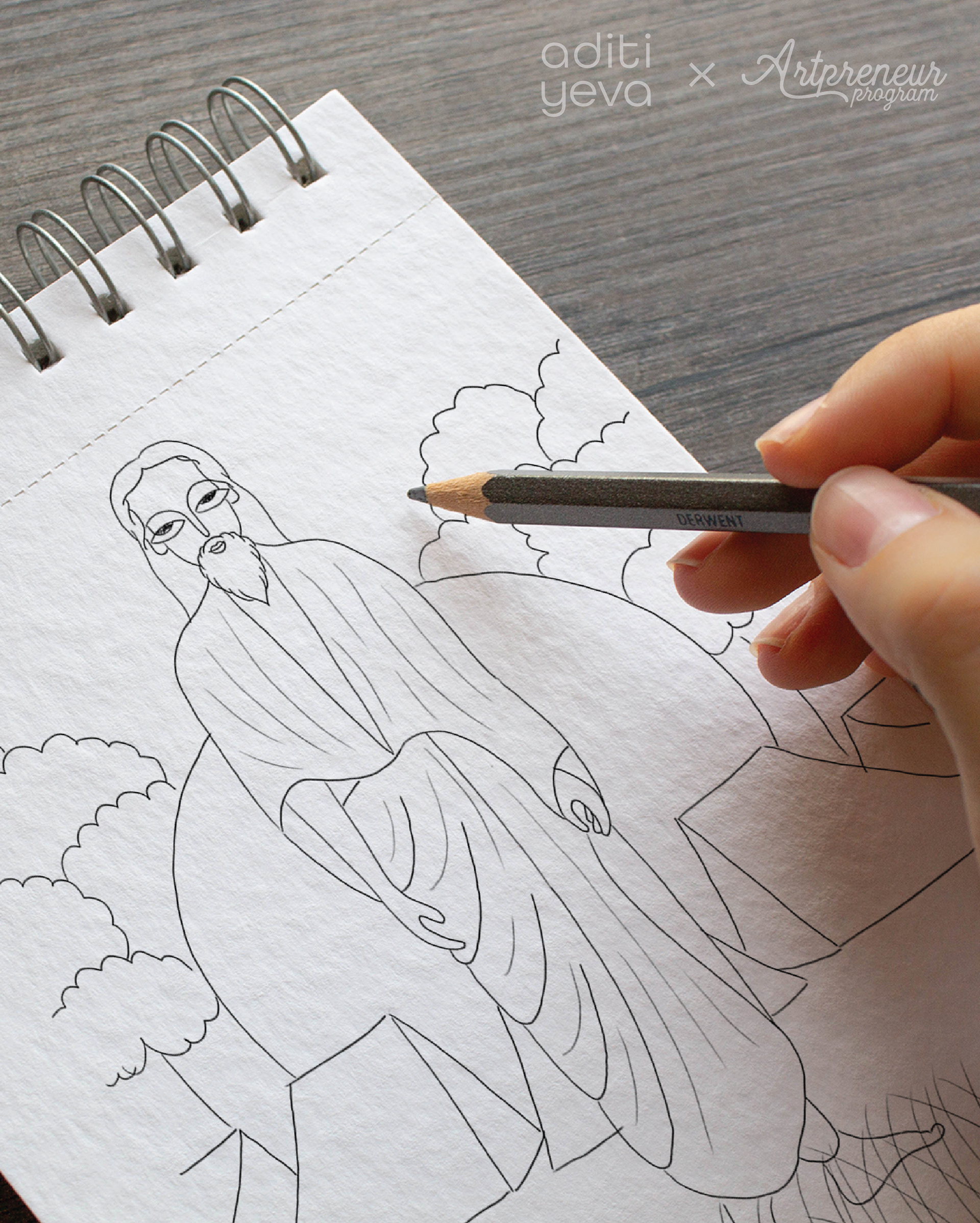
CHAITANYA
Chaitanya was born in 15th century and he was the founder of Achintya Bheda Abheda (philosophy of inconceivable one-ness and difference). He is also called as Gauranga due to his golden fair complexion. He travelled throughout India by foot, chanting various names of Lord Krishna and singing Kirtans. He was a champion of social liberation and denounced caste system. He was an exponent of Radha Krishna cult and has done profound contributions to Indian philosophy. His simple teachings had universal appeal.
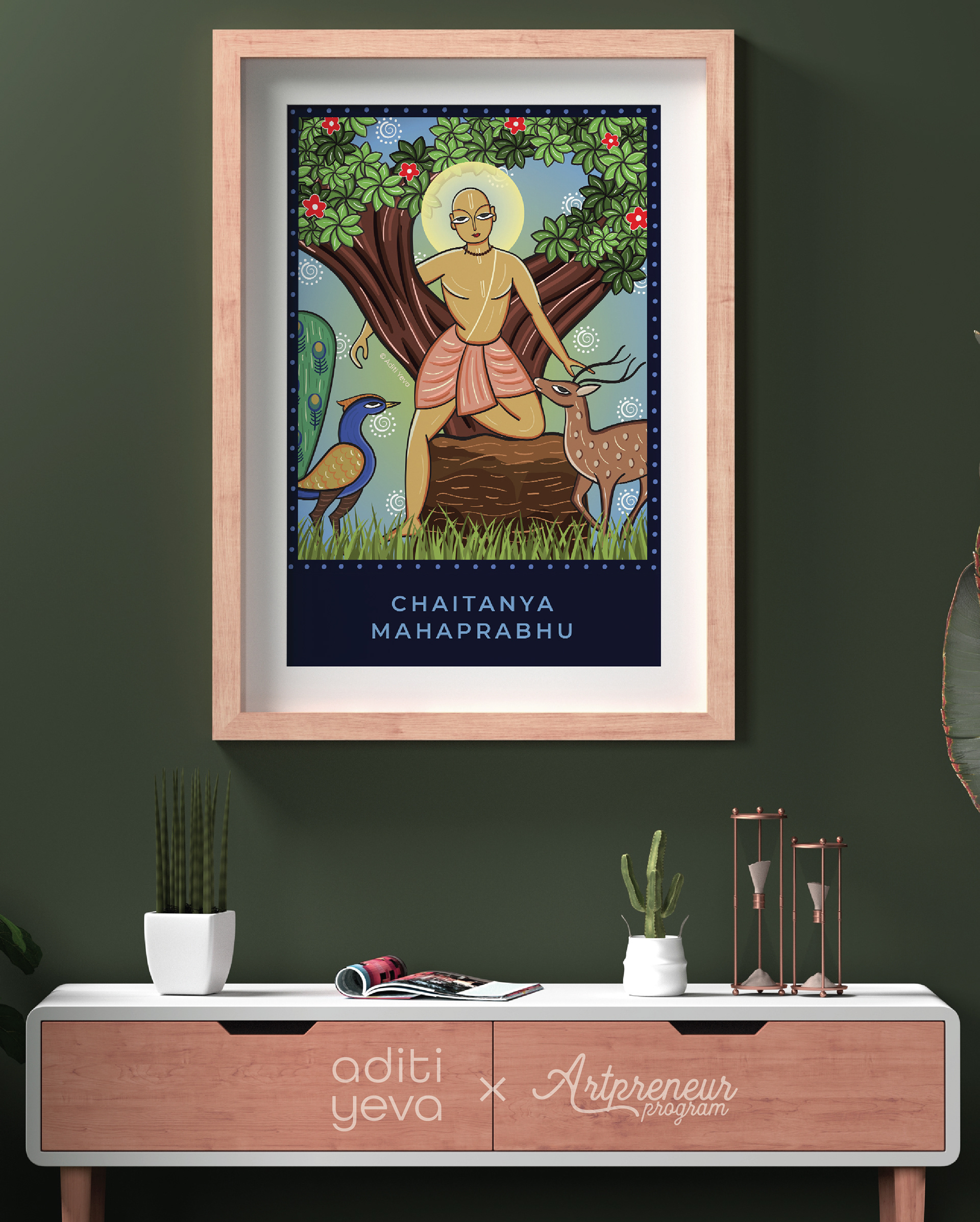
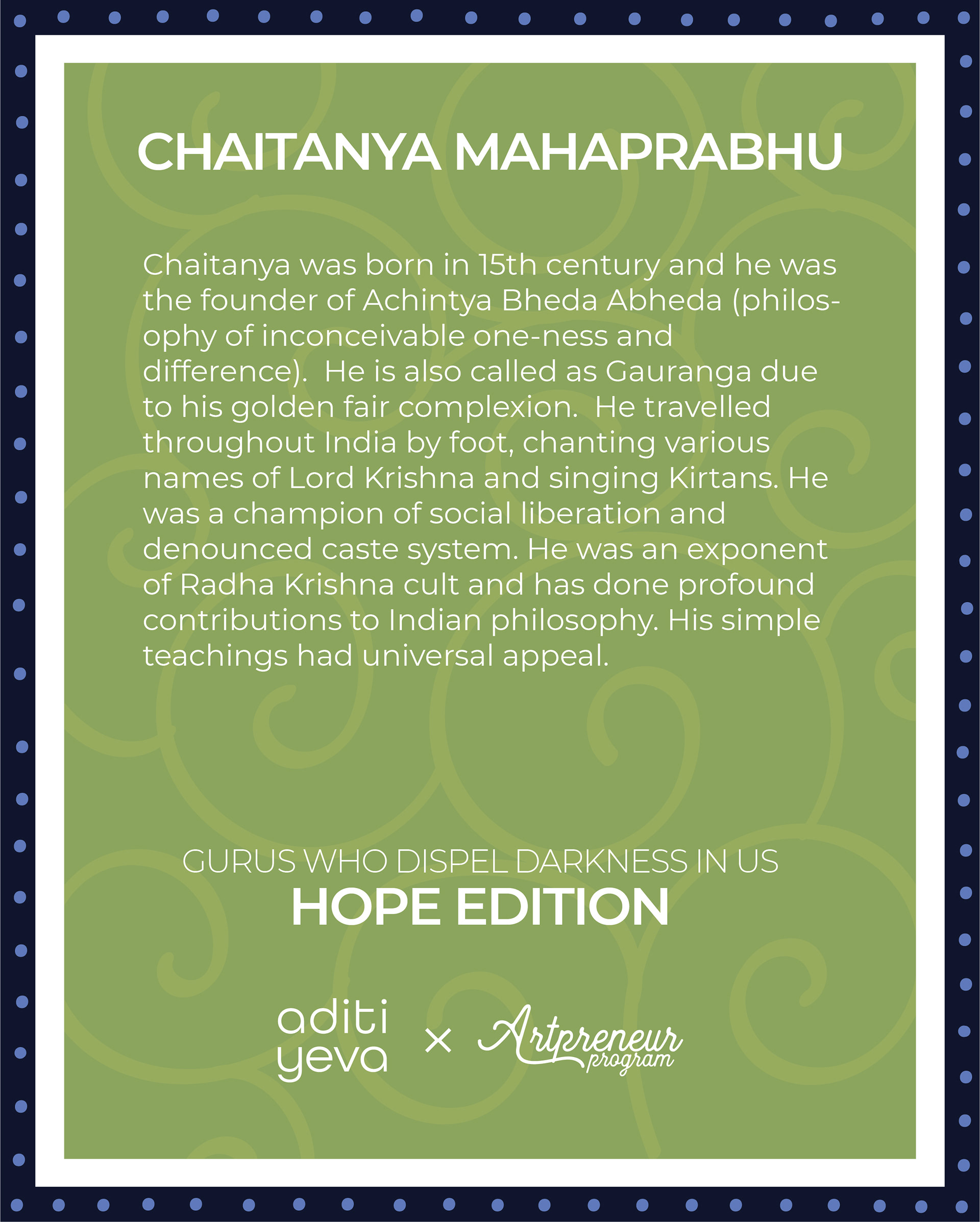
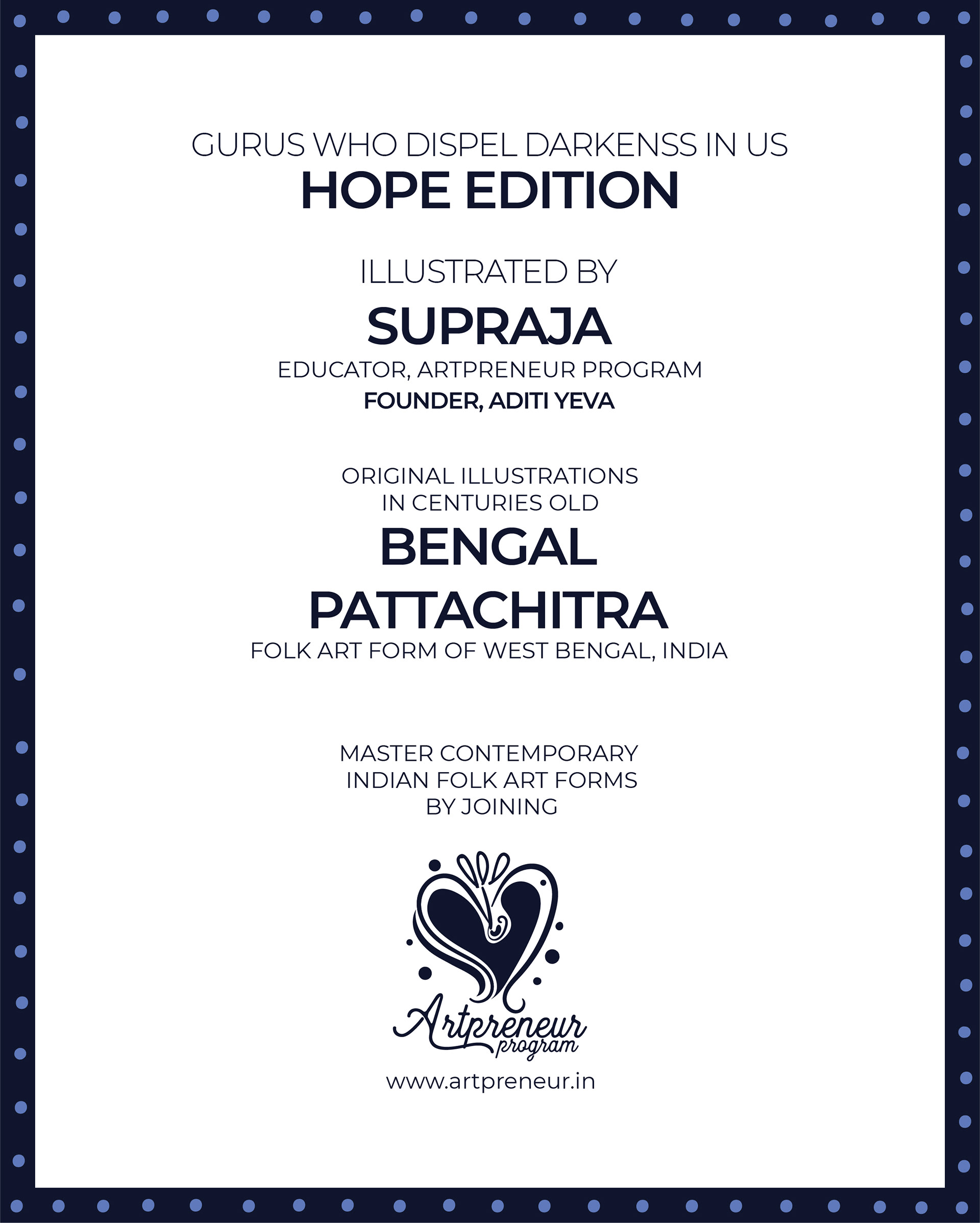
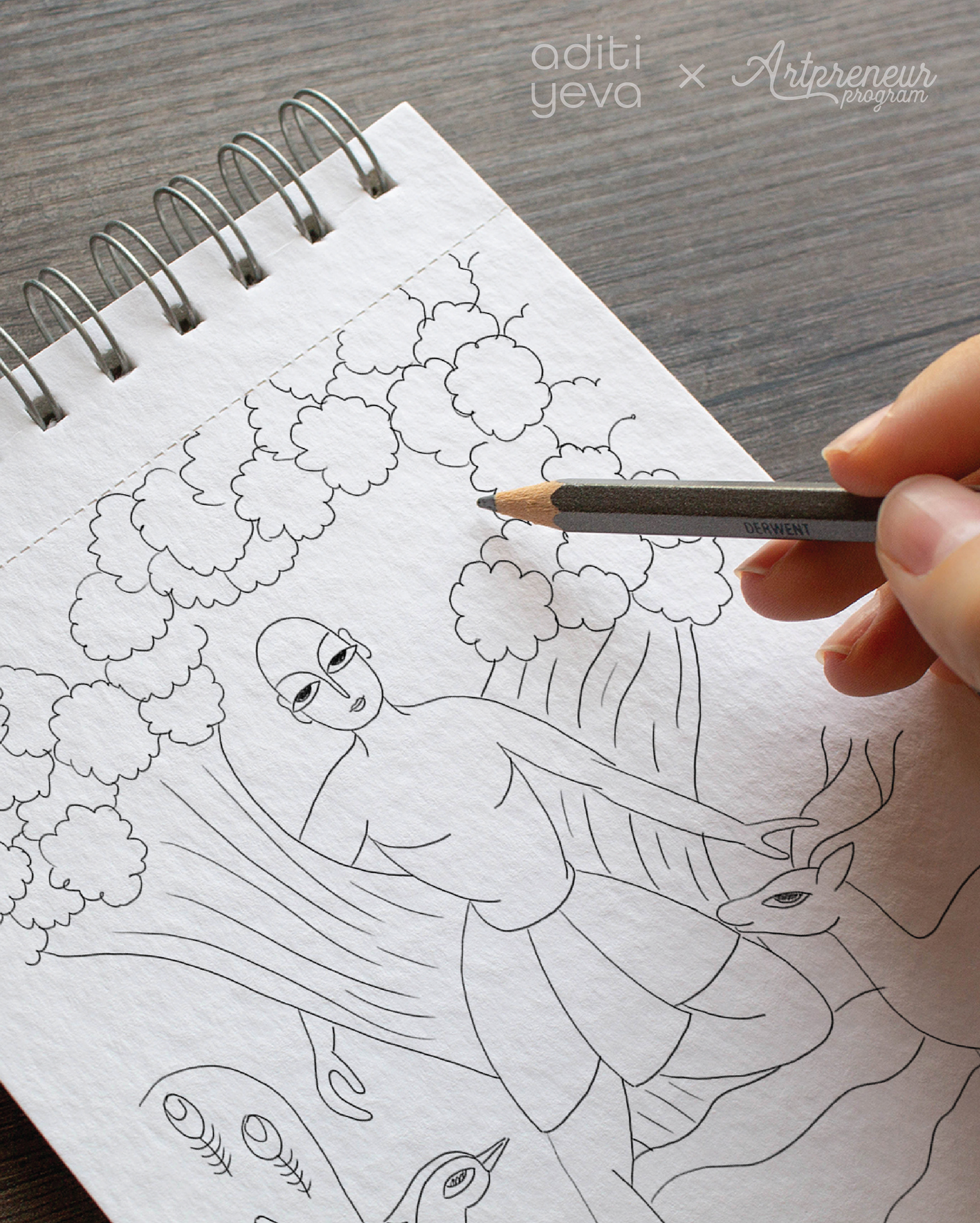
PATTINATHAR
Pattinathar, born as Thiruvengadar, like his wealthy father always fed the devotees of Lord Shiva. His son Marudhavanan grew to be fine businessman like his dad. During his maiden voyage, Marudhavanan brought back gems hidden in cow dung. Pattinathar without realizing the hidden treasure shouted at his son. His son disappeared leaving a note to him with a needle in a box stating “even this eyeless needle will not accompany in your final journey”. Pattinathar realized his mistake and renounced everything to become a sanyasi and sang hymns in praise of Lord Shiva. He was told that he would receive enlightment at the place where sugar was the sweetest. At Thiruvottiyur, he came across “Pei Karumbu” which is bitter for everyone but for him it was the sweetest. He attained enlightment in Tiruvottiyur.
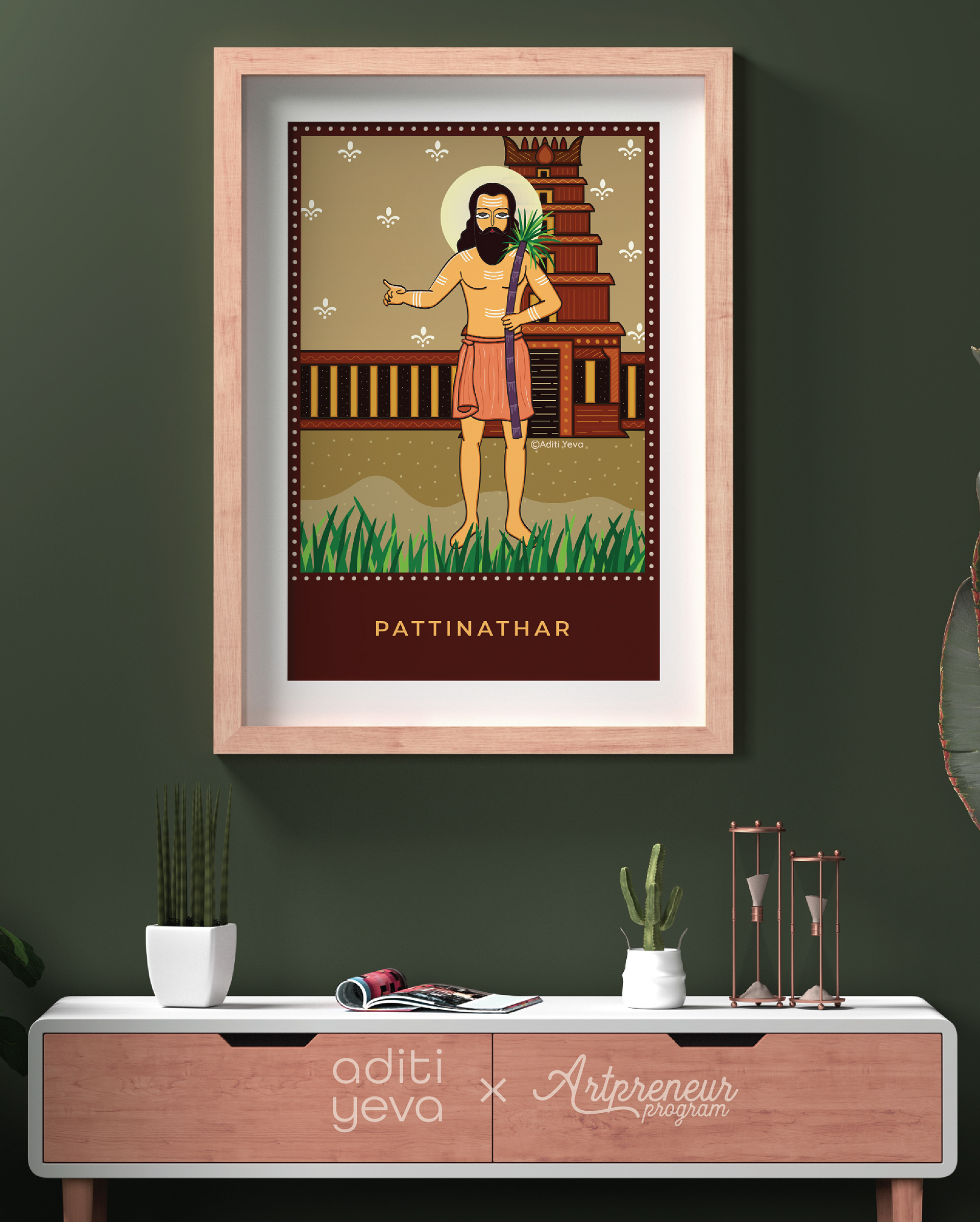
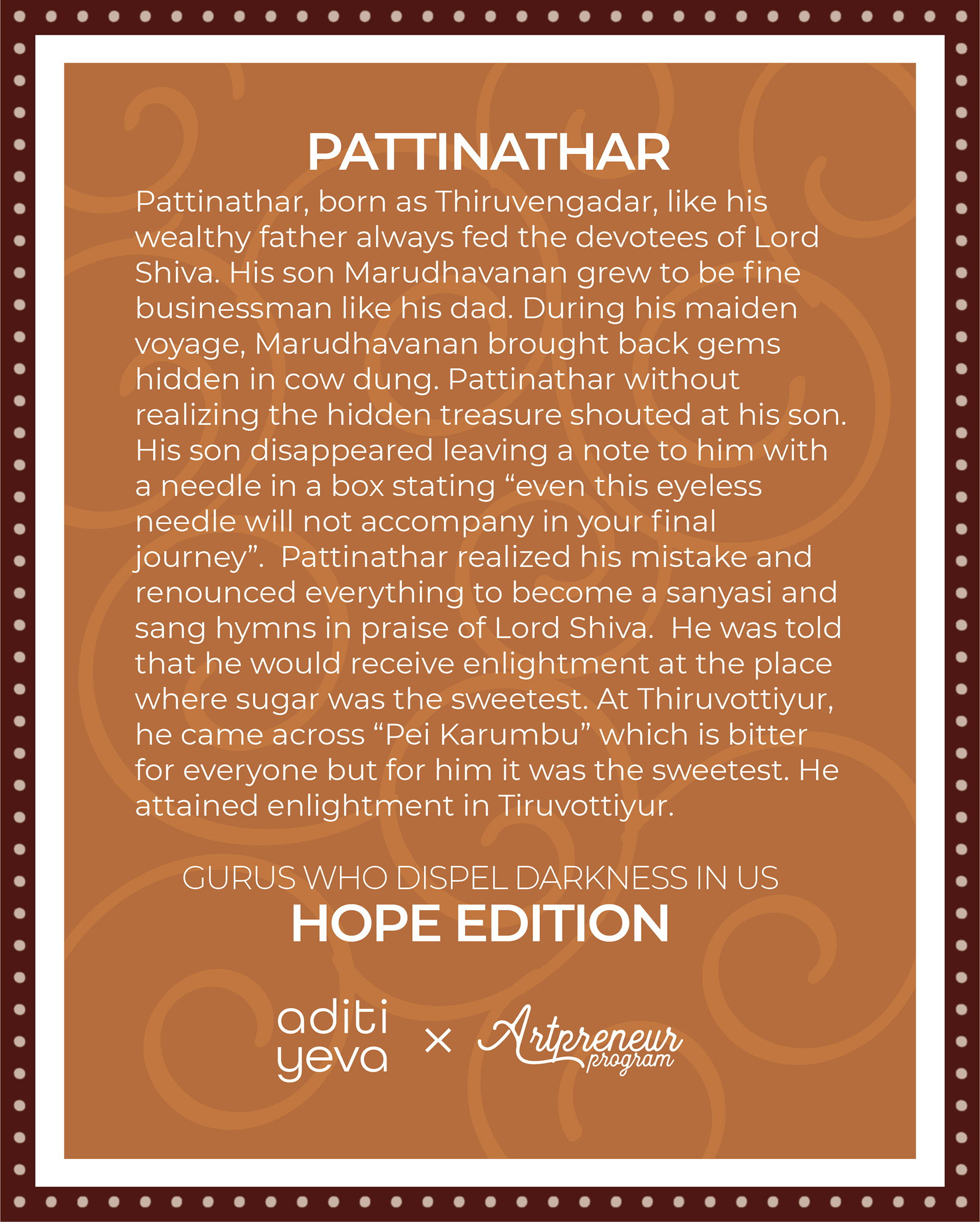
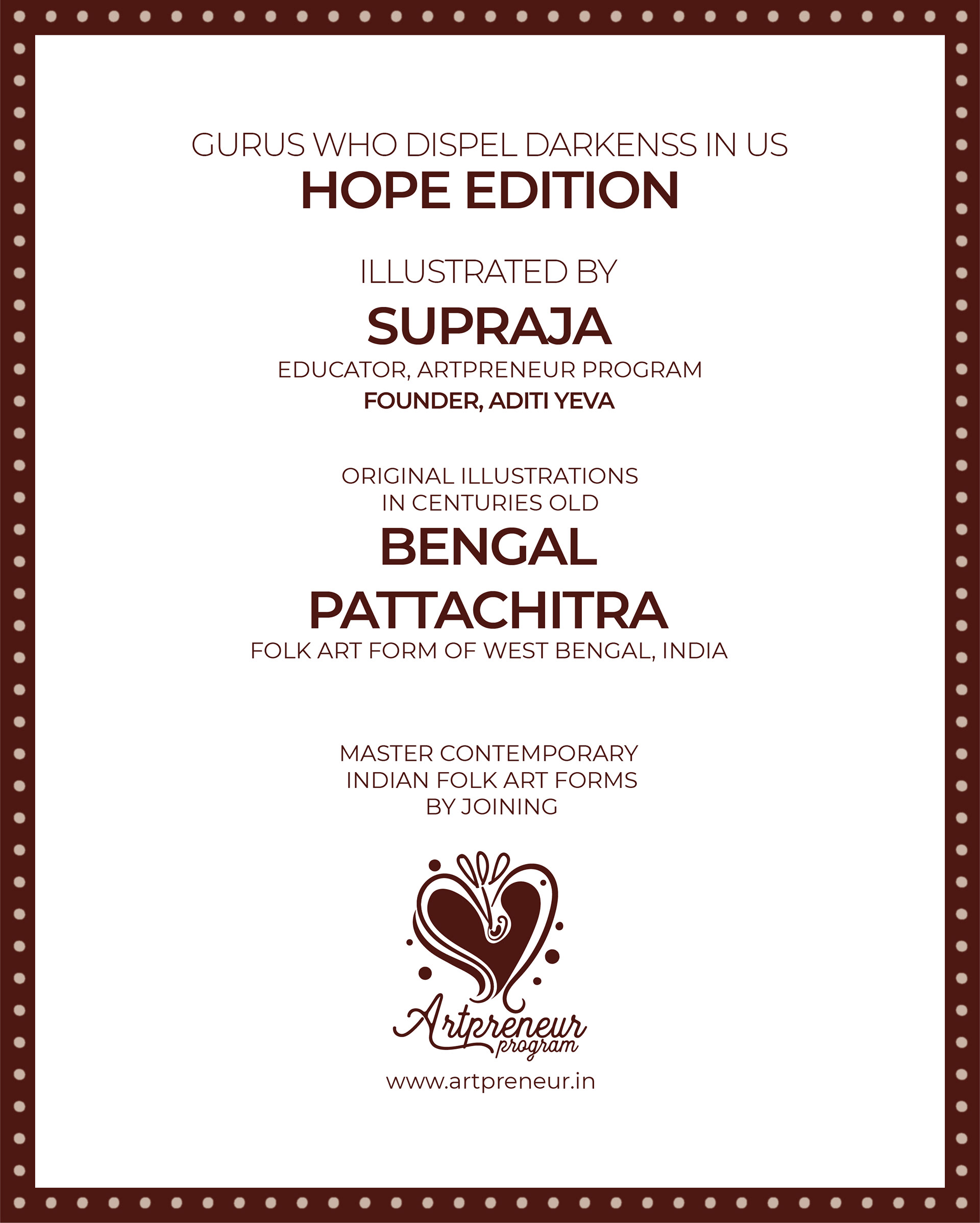

SWAMI RAGHAVENDRA
He was born as Venkatanatha into a Deshastha Madhva Brahmin family of Gouthama Gotra of musicians and scholars. He led a simple life teaching vedas to students and through voluntary renumerations. This led to a tough materialistic life. Sri Sudheendra Tirtha of Sri Mutt wanted to annoint him as his successor. But since he had a family to take care, he refused the offer. But Goddess Saraswathi appeared in his dreams and advised him to take sanyasa. He was anointed as Sri Raghavendra Tirtha. He was fondly called as Rayaru. In August 1671 he chose to enter alive his Moola-Brindavana-Pravesha at Mantralaya, which is visited by millions of his disciples to date
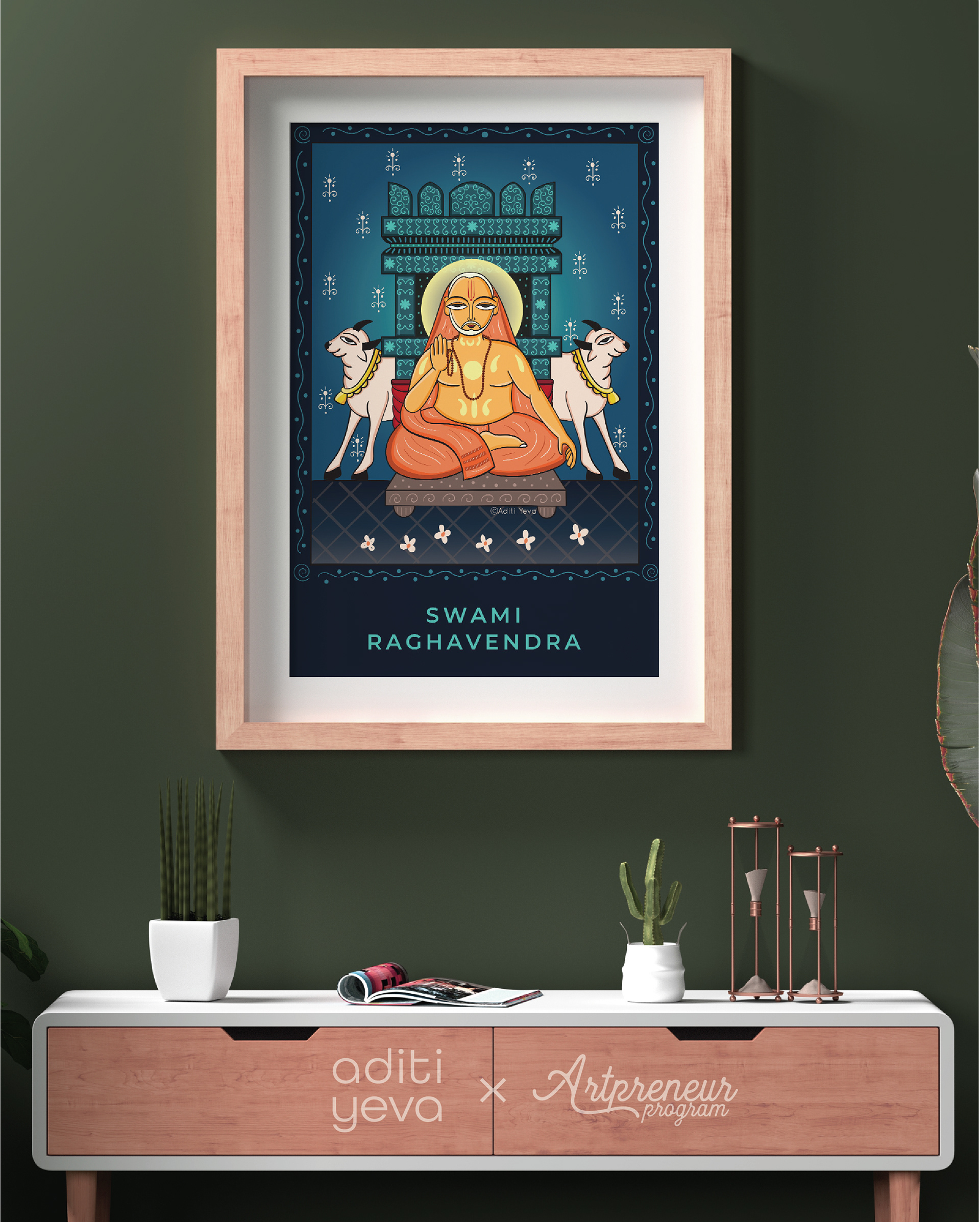
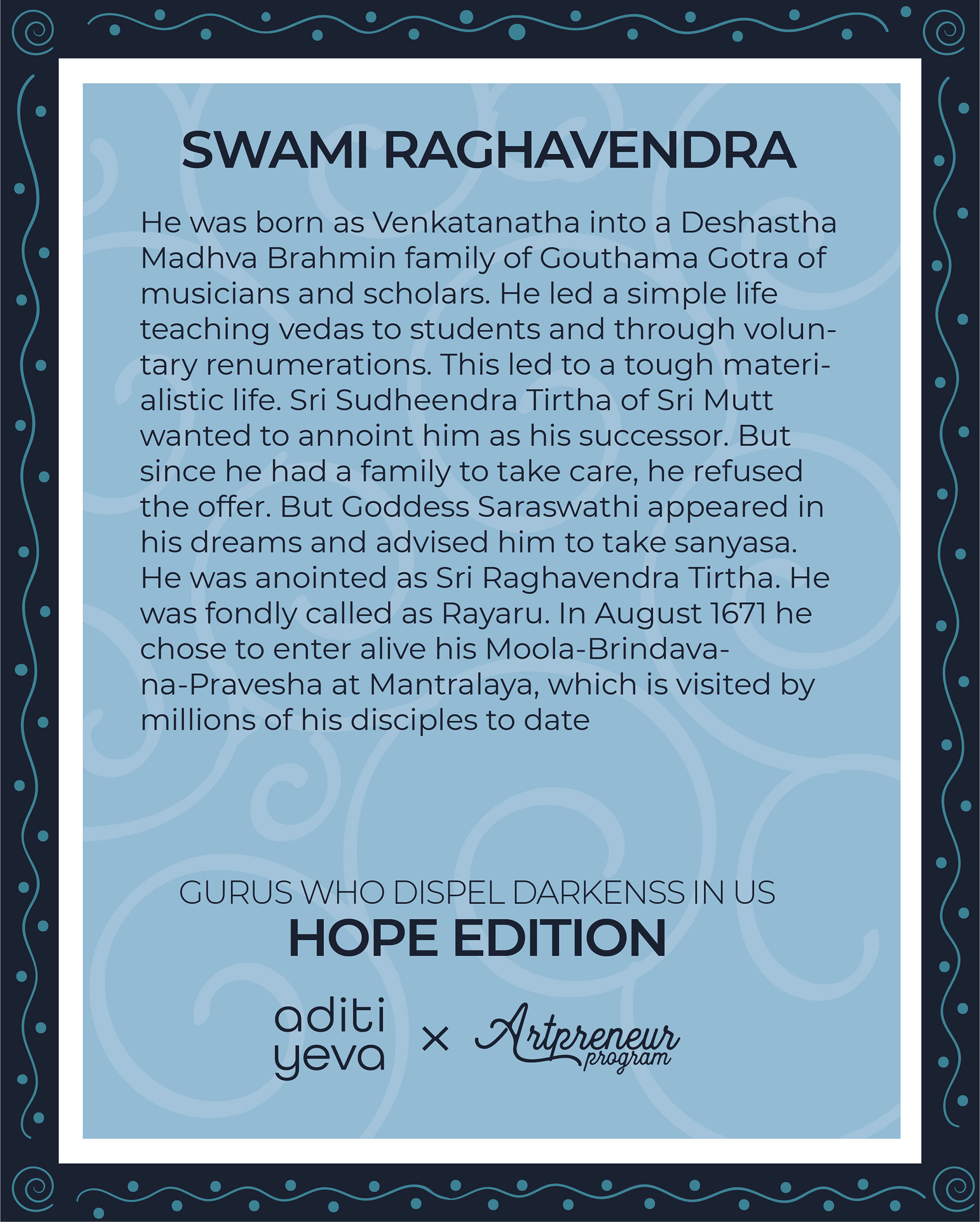
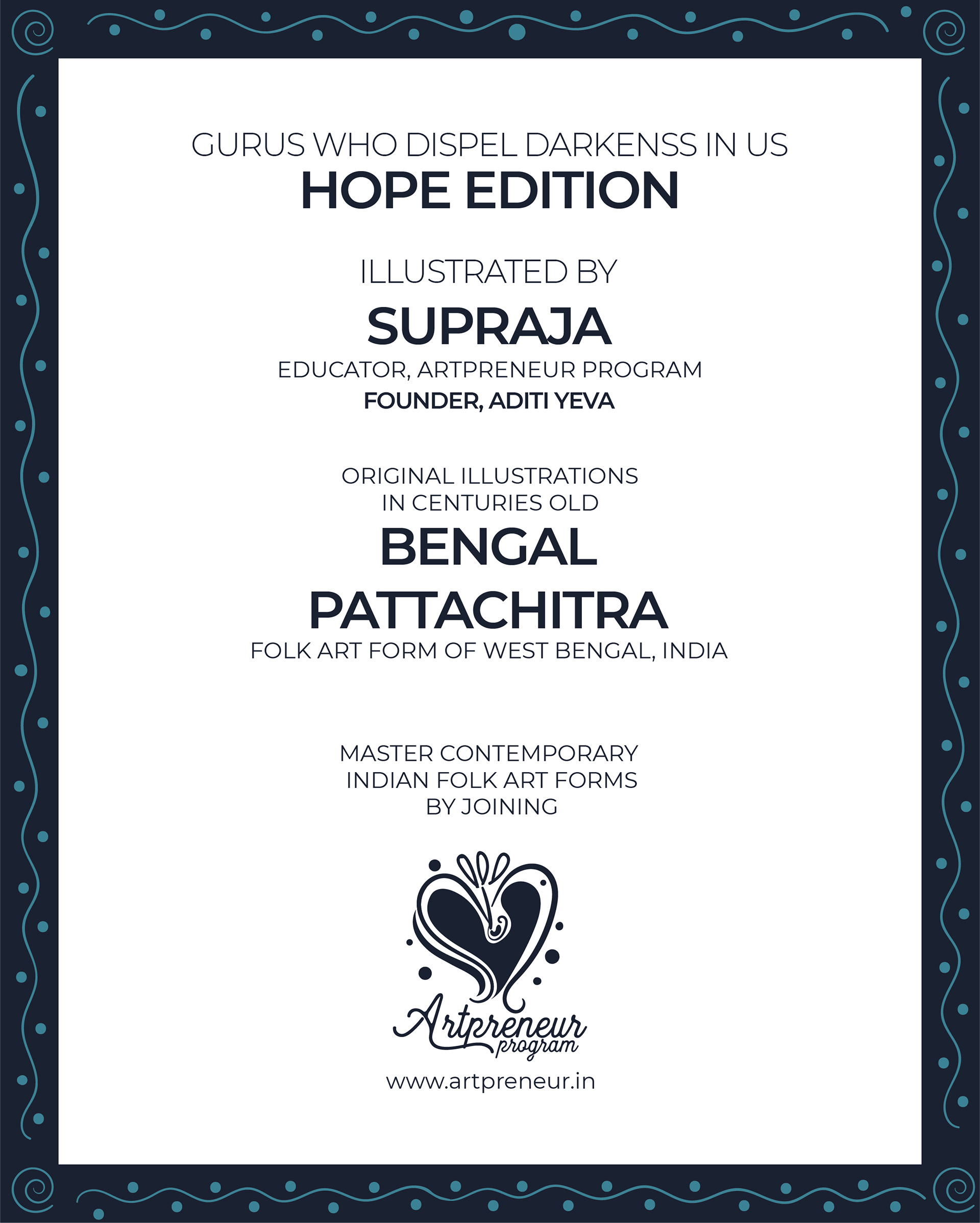
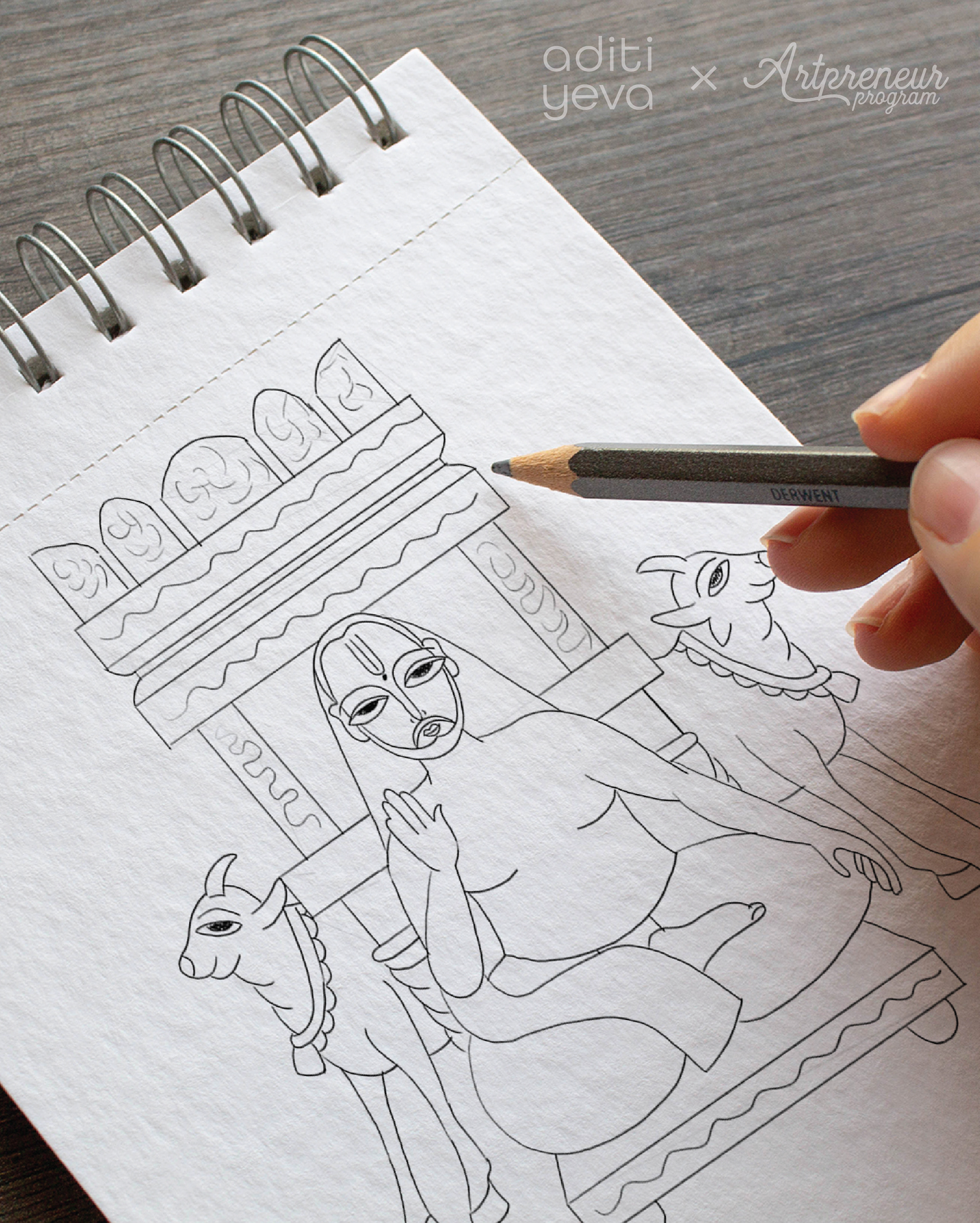
RAMAKRISHNA PARAMAHAMSAR
Born as Gadadhar Chattopadhyaya, he grew to be enlightened at a very young age. Due to his family situations, he worked as a priest at Dakshineswar Kali temple. He began to look at Kali as Mother of the Universe. He was married to Sarada Devi who was 18 years younger to him. She grew to be his first disciple. He addressed and worshipped her as Divine Mother. His teachings were imparted in rustic Bengali using parables. His teaching style is compared to that of Socrates. Towards the end of his life, he appointed Swami Vivekanada who started Ramakrishna Math in 1897 as his successor.
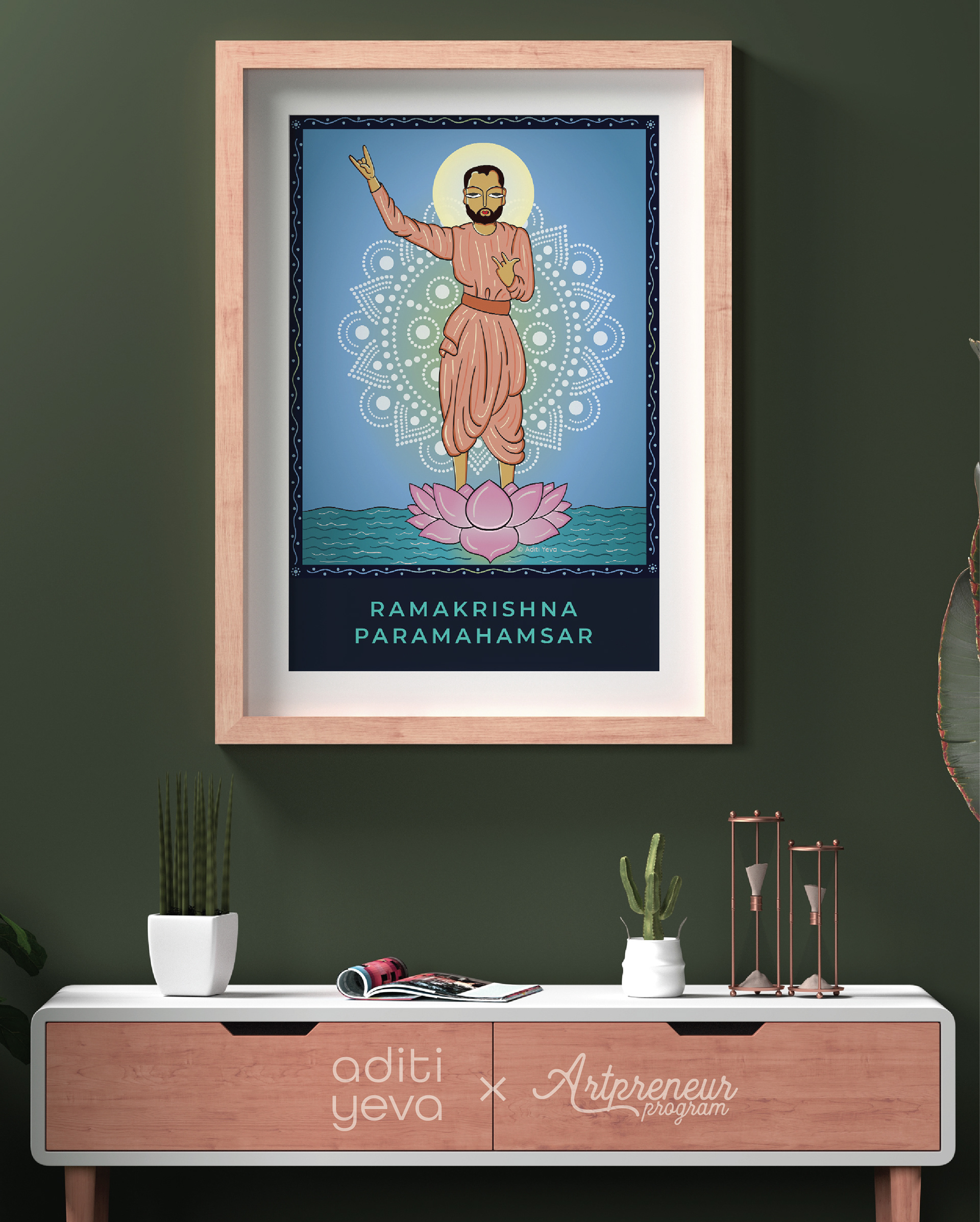
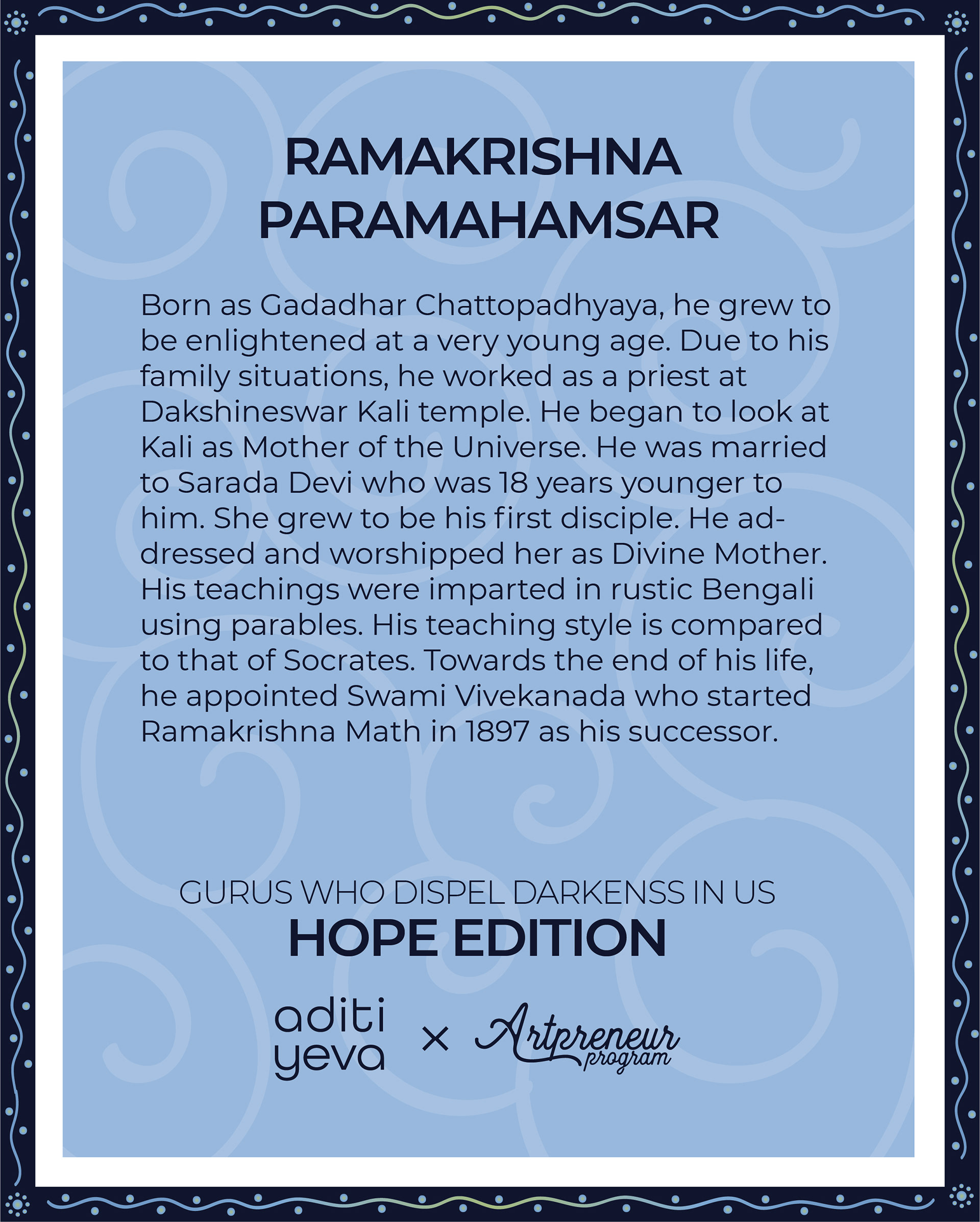
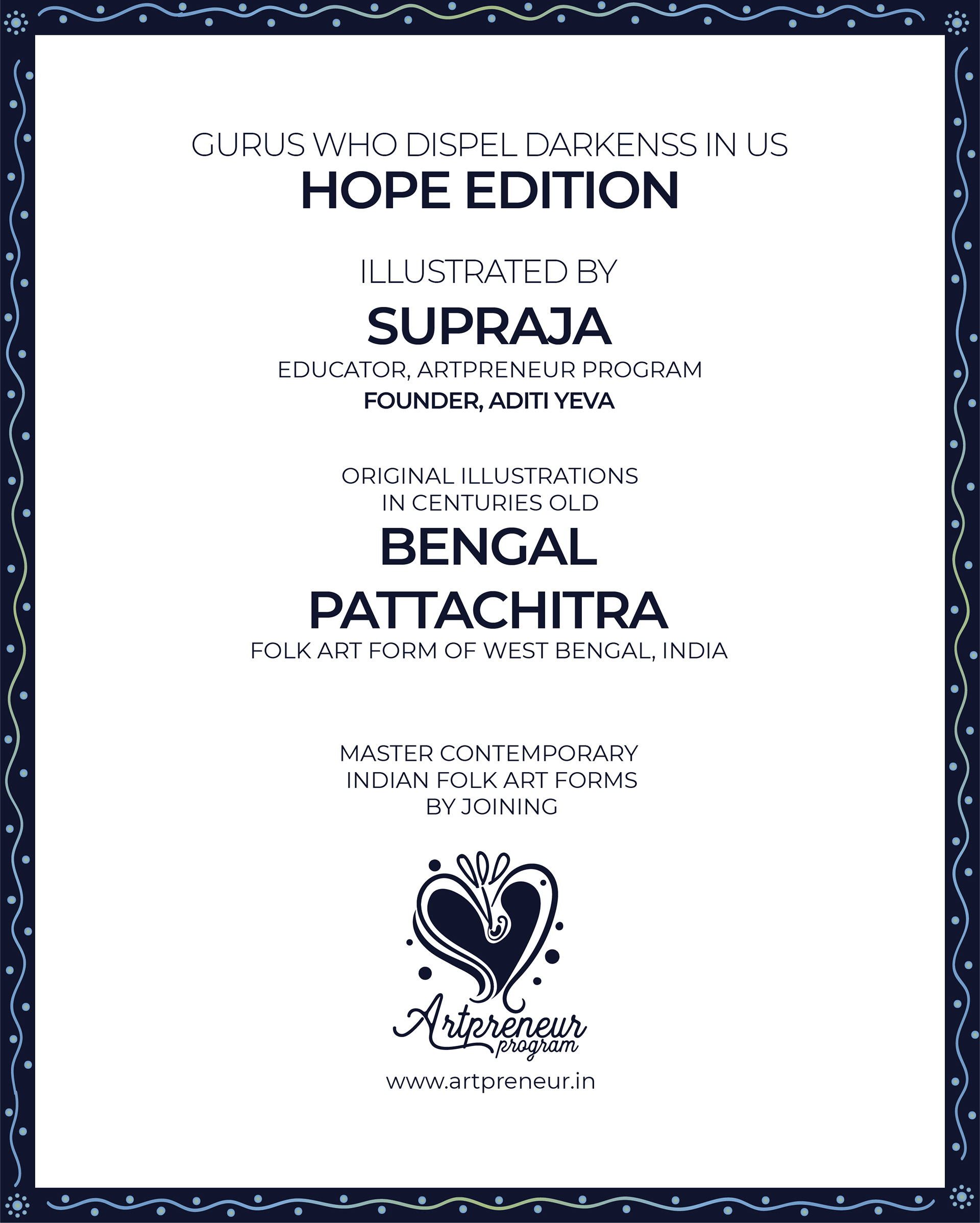
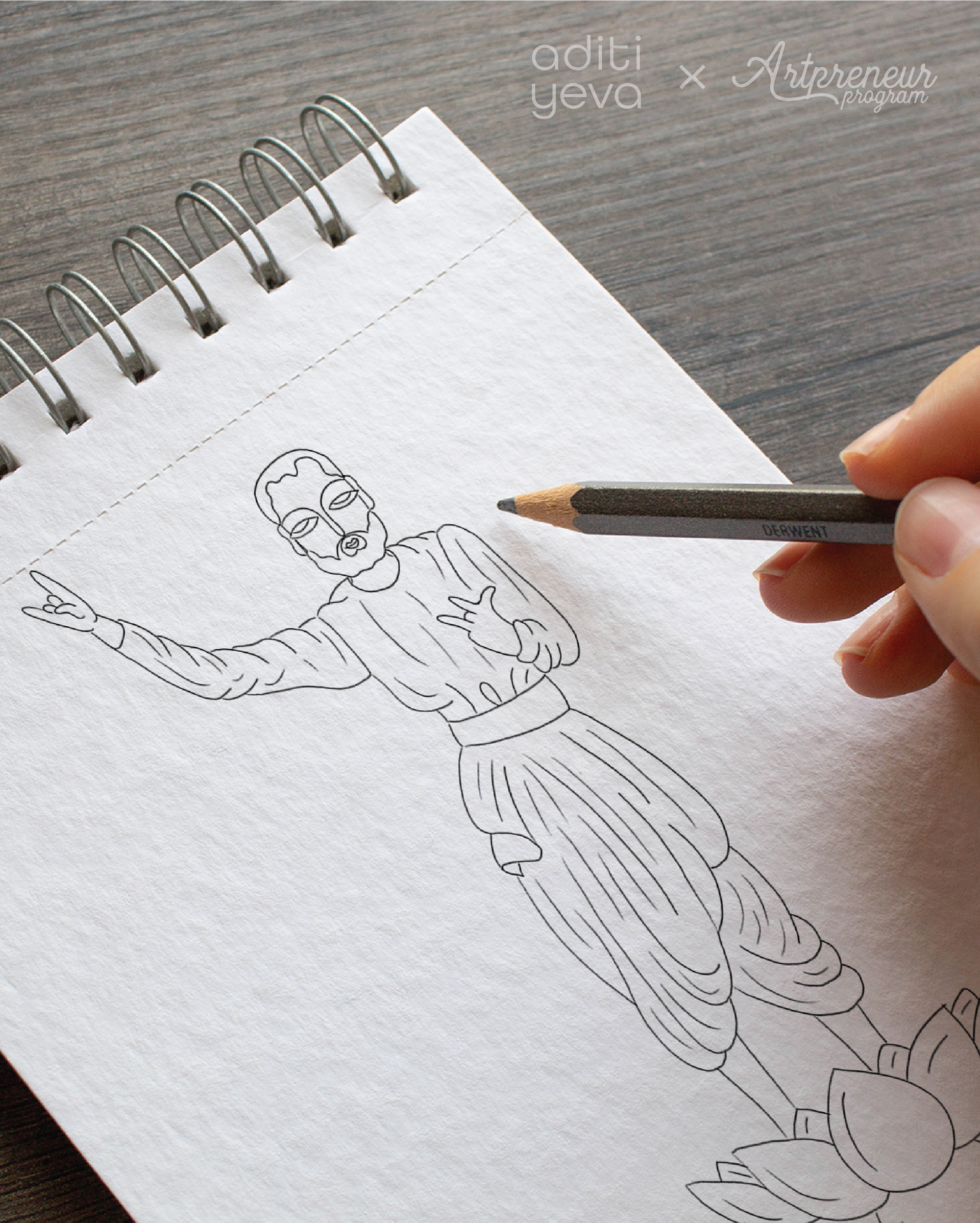
RAMANA MAHARISHI
Born as Venkataraman Iyer, he was always attracted to Arunachala hill and the 63 Nayanmars. At the age of sixteen, he left to Arunachala hill and took up sanyasi life and became known as Ramana Maharishi. By 1930’s, Ramanar’s teachings were popular in the West too. He recommended self inquiry together with Bhakti. He is known for his deep state of meditation without the awareness of his surroundings. Ramanar is known for his kindness towards all kinds of animals which lived in his ashram. He had a very special relationship with Lakshmi, the divine cow. He is known to give enlightenment for animals too, whom he loved the most.

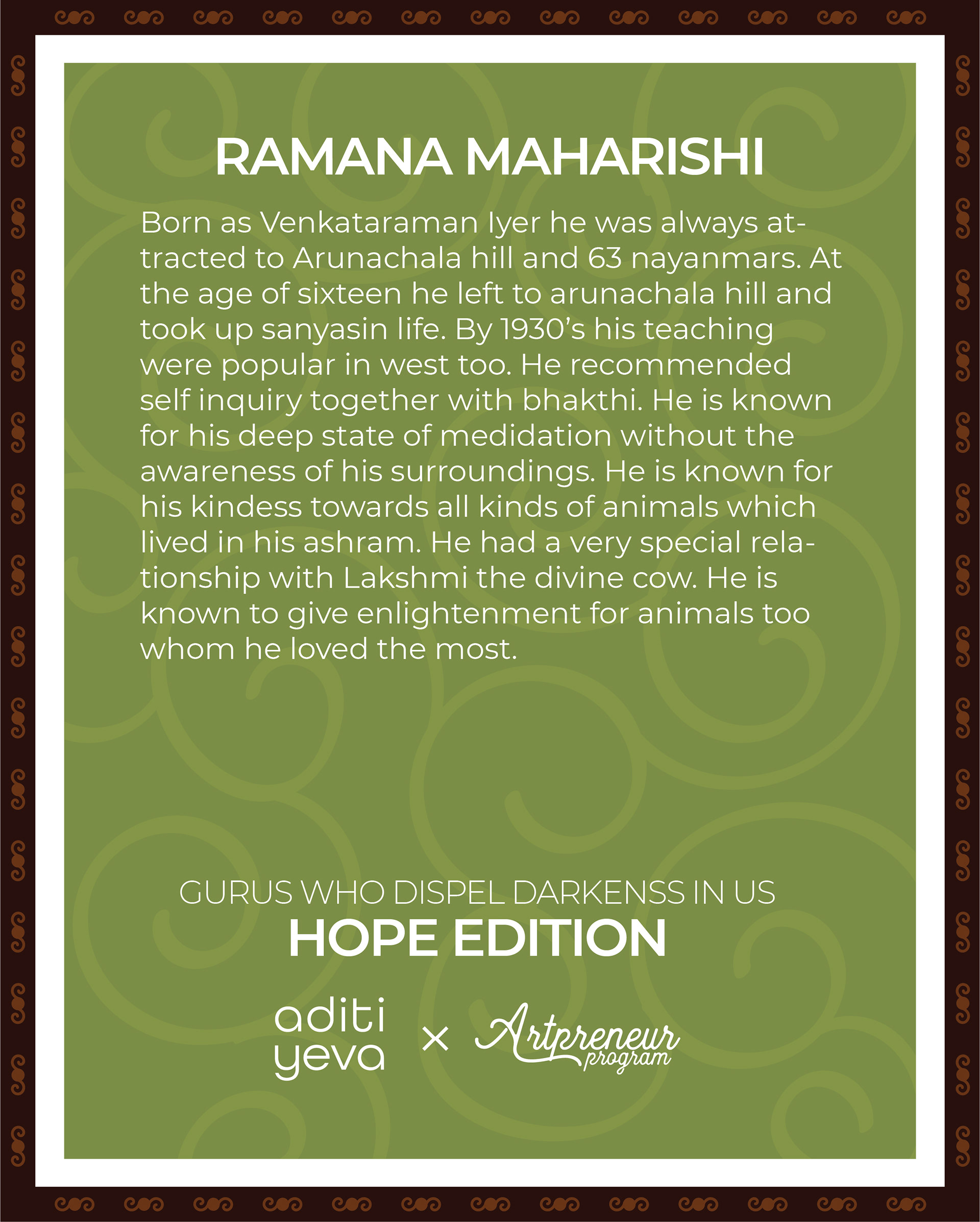
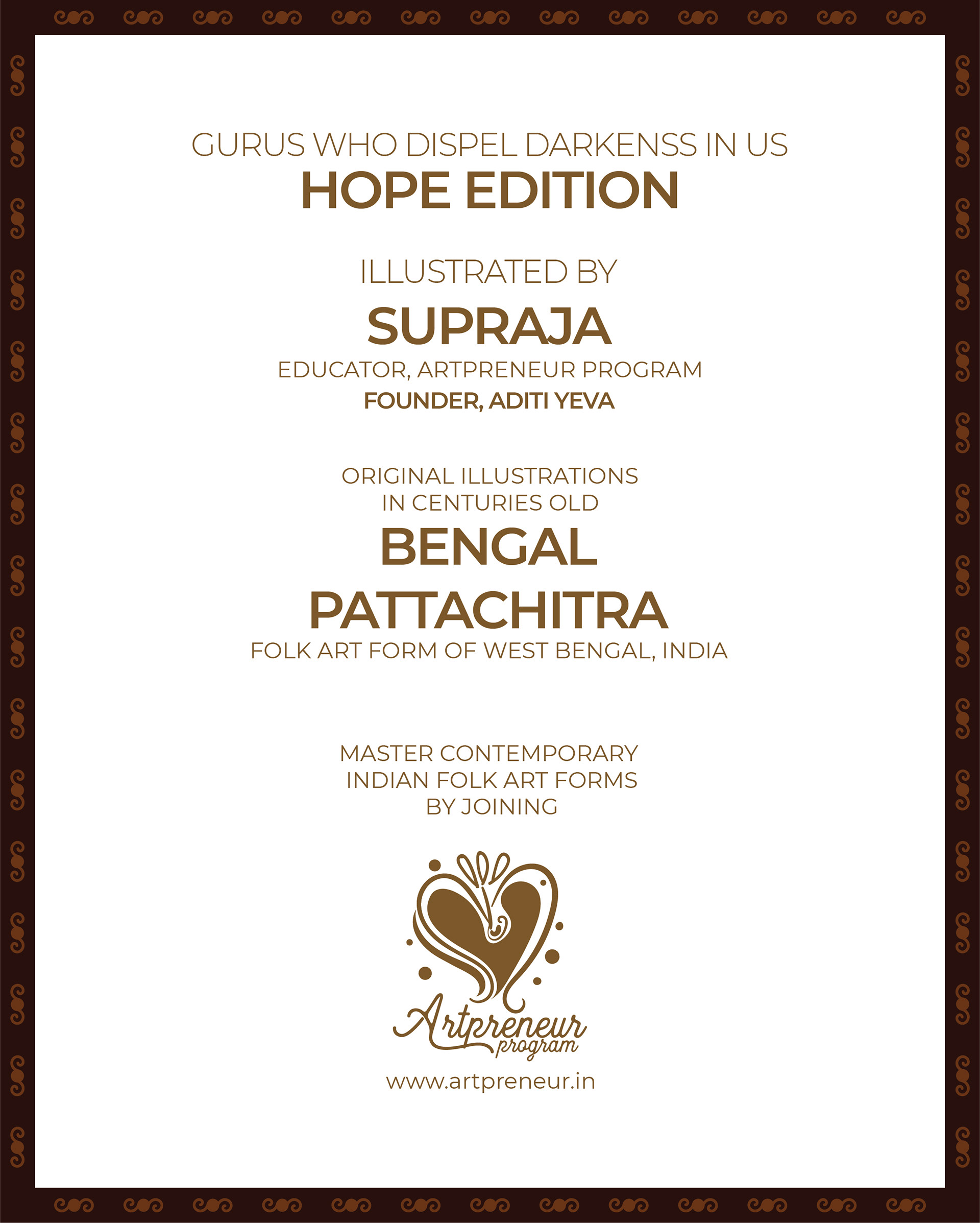

SRI RAMANUJAR
Ramanujar is the foremost authority of Vaishnava tradition. He was born in Sriperumbadur during the period of chola dynasty. This was a golden period wherein pluralistic beliefs thrived. Ramanujar was instrumental in admitting downtrodden class of people in temple. Due to this post his demise vaishnava community split into vadakalai and thenkalai. Both sects believe in initiation into Sri Vaishnavism through Pancha Samskara. This ceremony is necessary to become a vaishnava. Ramanujar was also chief of temple affairs in Srirangam.
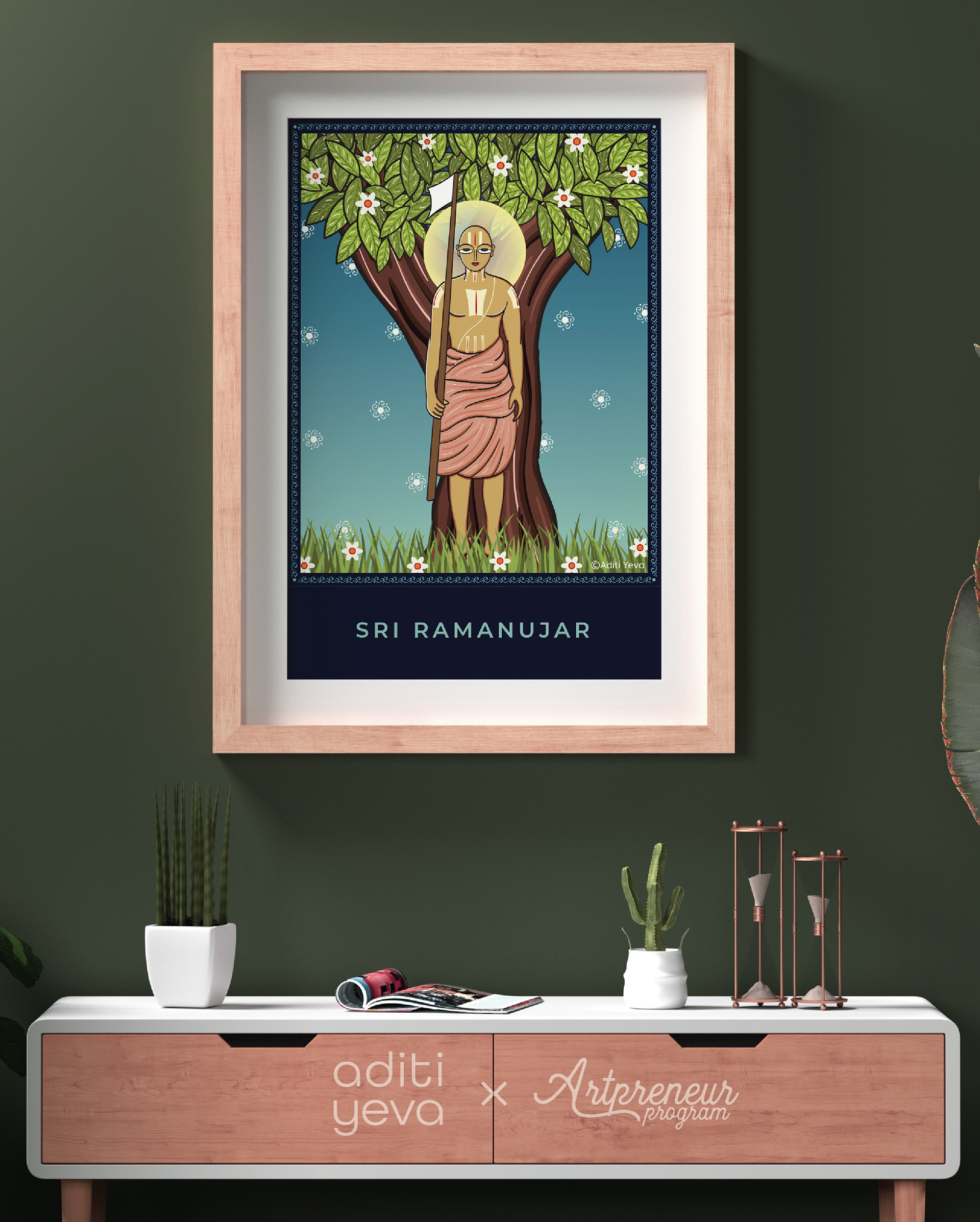

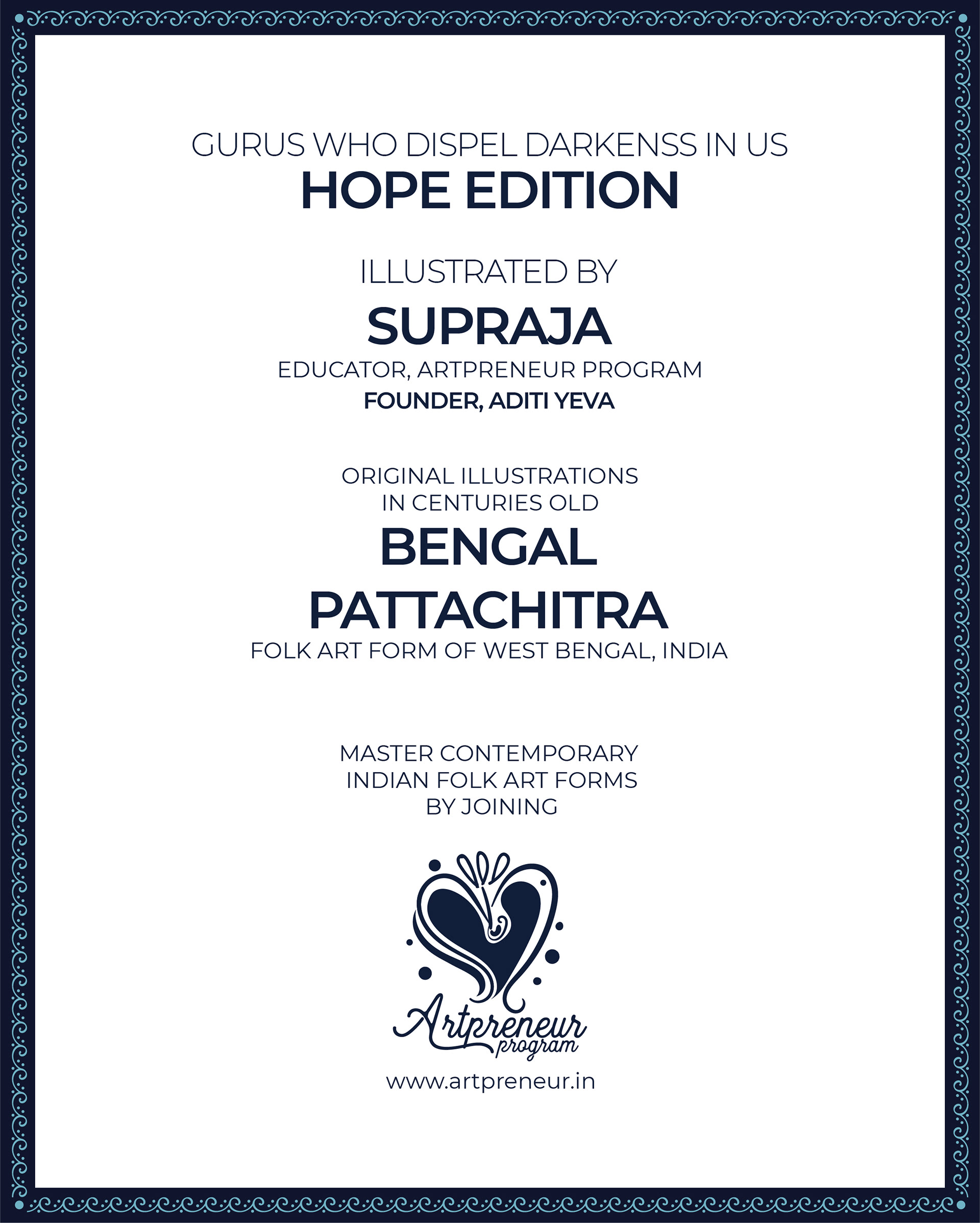
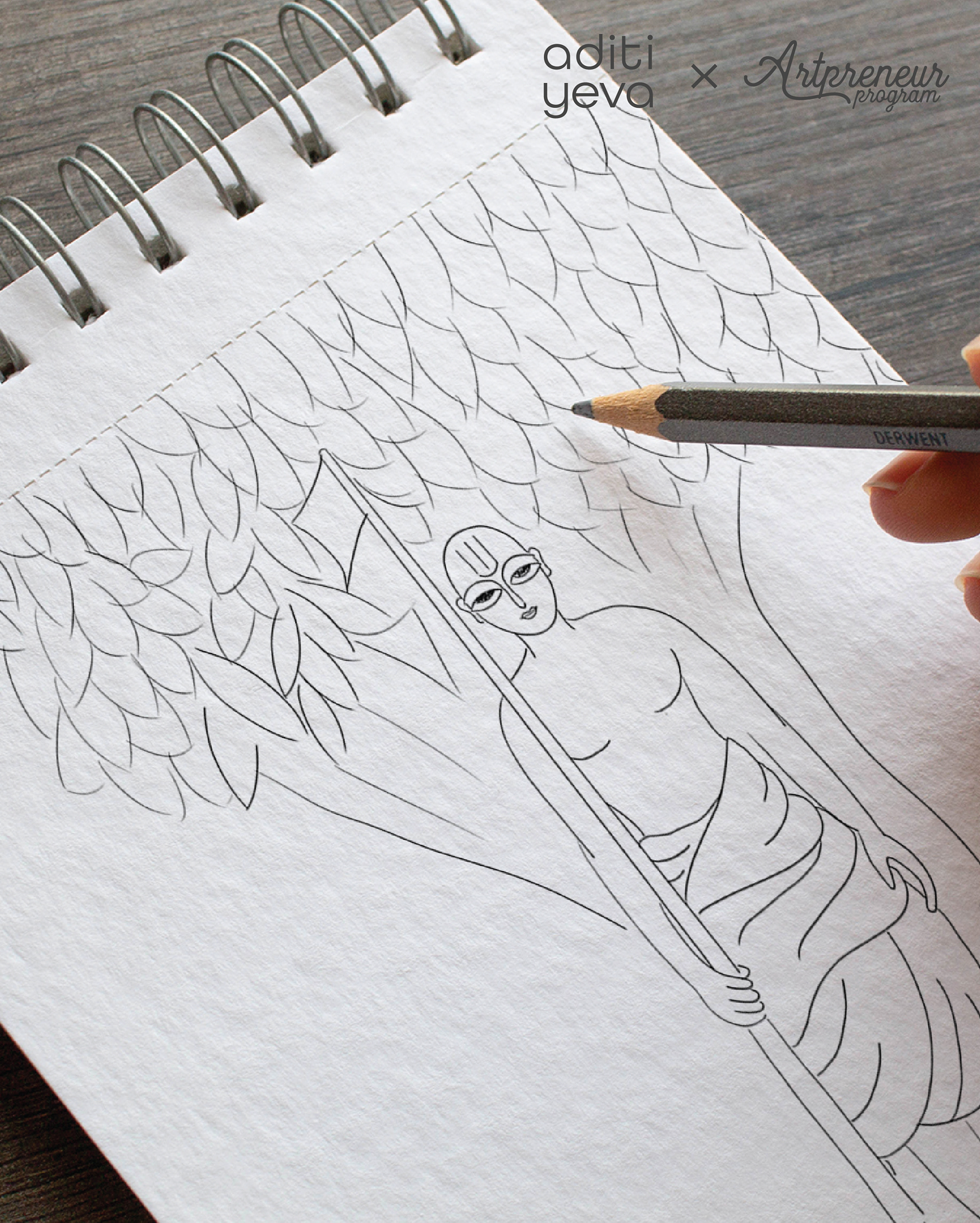
SHRIDI BABA
Shirdi baba is believed to be the manifestation of Sri Dattaguru. He was loved by both Hindus and Muslims alike. He taught moral code of love, charity, inner peace and devotion to the Guru while criticising attachment to material things. He practised both Hindu and Muslim rituals alike. Baba used to grind wheat everyday. He avoided cholera by spreading the ground wheat on the village border. Not just did he grind wheat, but also sins of his devotees. Karma and bhakti are believed to be the two stones of his mill; the former being the lower one and the latter, the upper one. The handle, with which Baba worked the mill, consisted of Dhyan. Knowledge or self-realization is not possible, without grinding away our sins first, hence he did this everyday for his devotees.


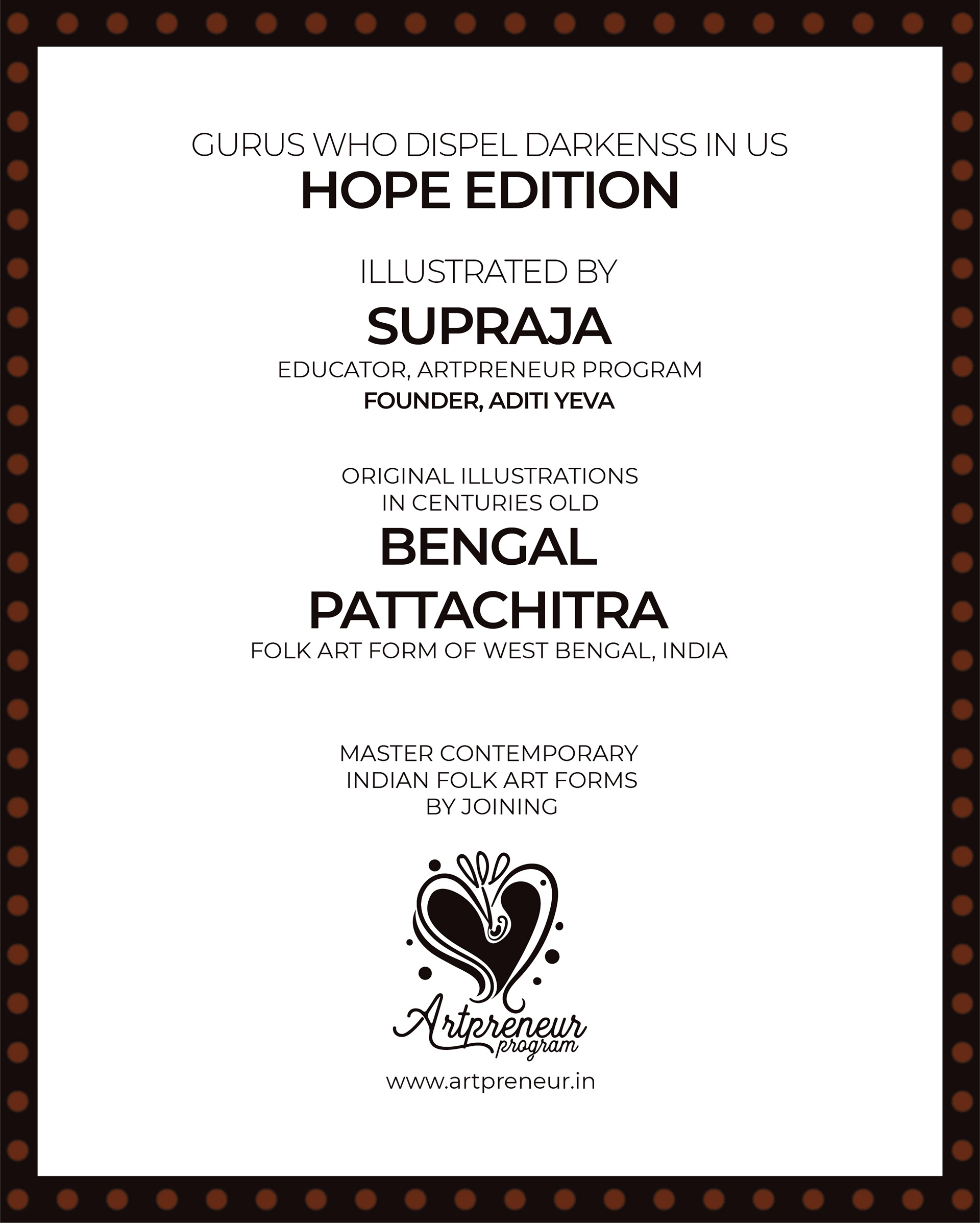
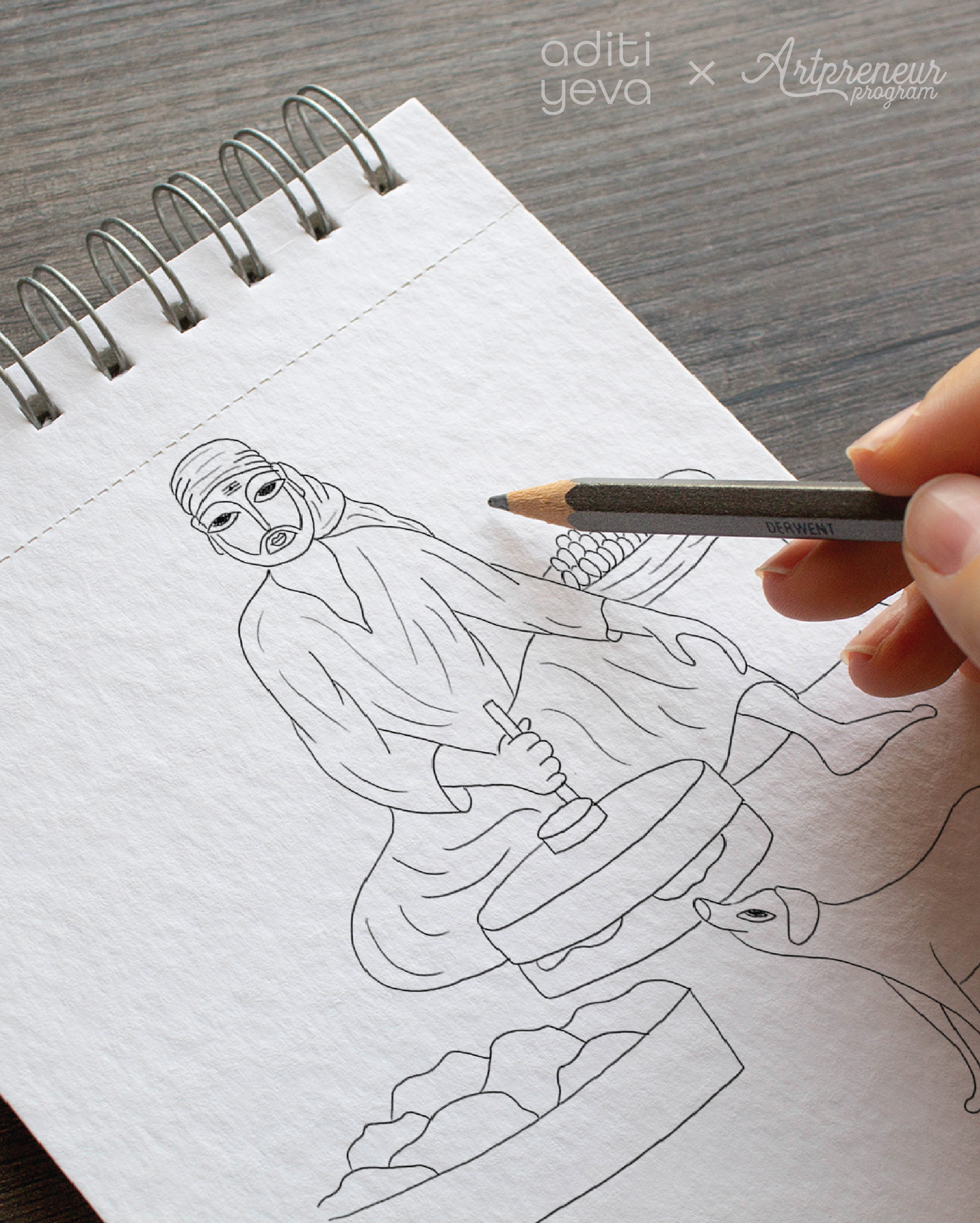
SWAMI NARAYAN
Born as Ghanshyam Pande, he took long pilgrimage when he was just 11 years old. After 9 yrs and 11 months he settled in Gujarat and was initiated into Uddhav Sampradaya. After the death of his guru, he started teaching Swaminarayan mantra and hence he was known as Swaminarayan. His followers were Hindus, Muslims and Zoroastrians. He also worked for the welfare of women and the poor. He held Bhagawad Purana in high authority. He wrote Shikshapatri, a compilation of 212 verses for his followers to uphold in order to live a well-disciplined and moral life. Today there are more than thousand Swaminarayan temples spread across five continents.

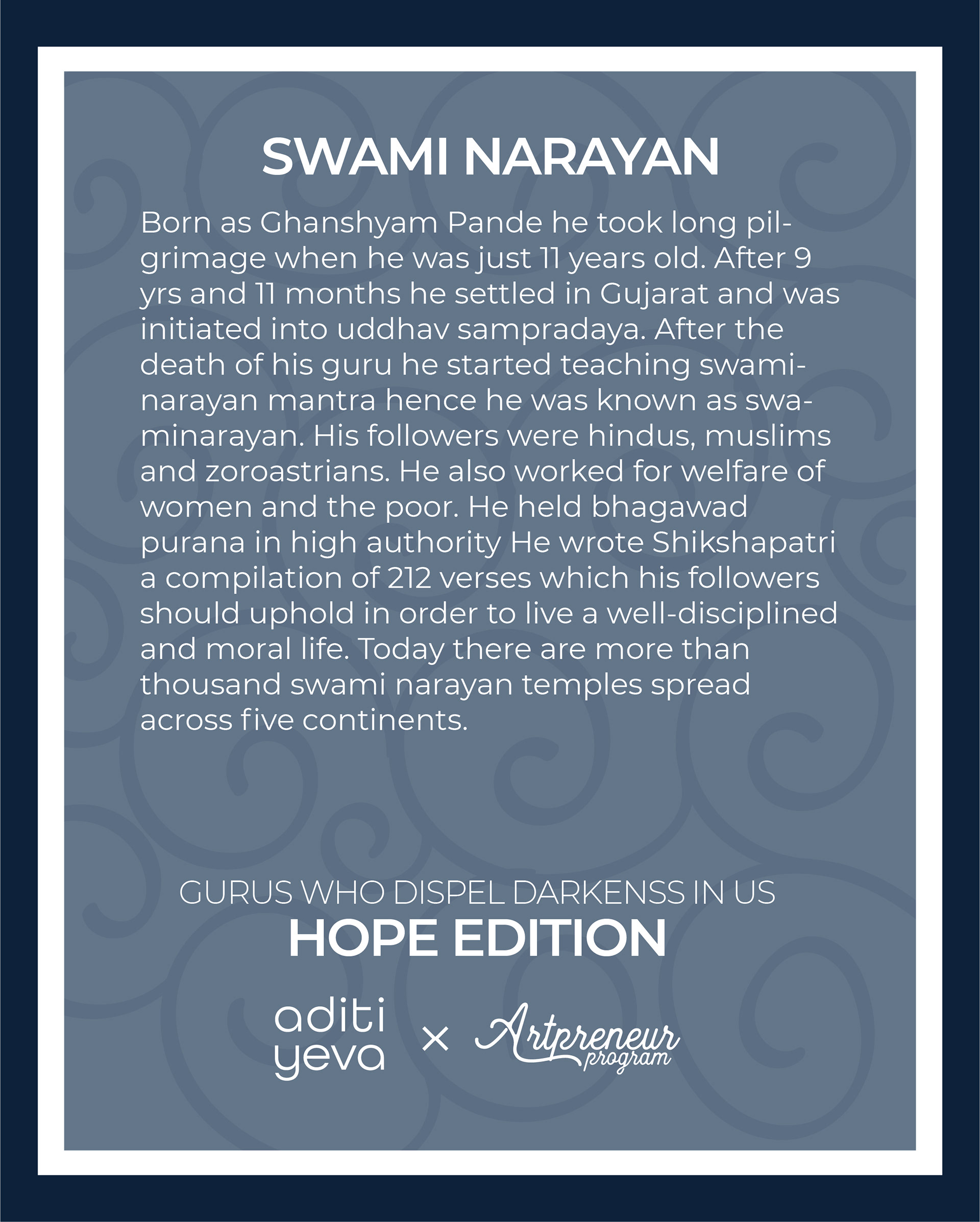
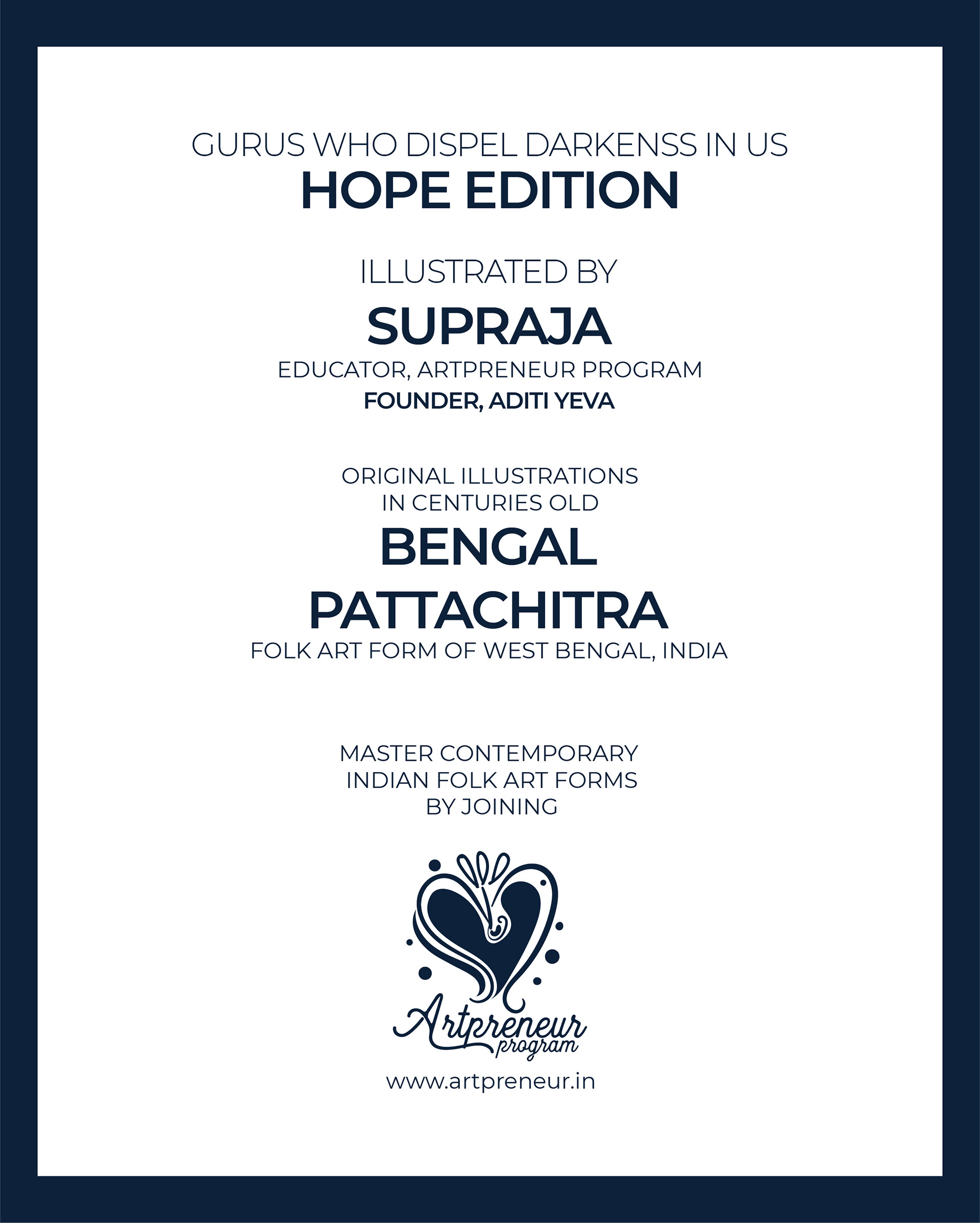
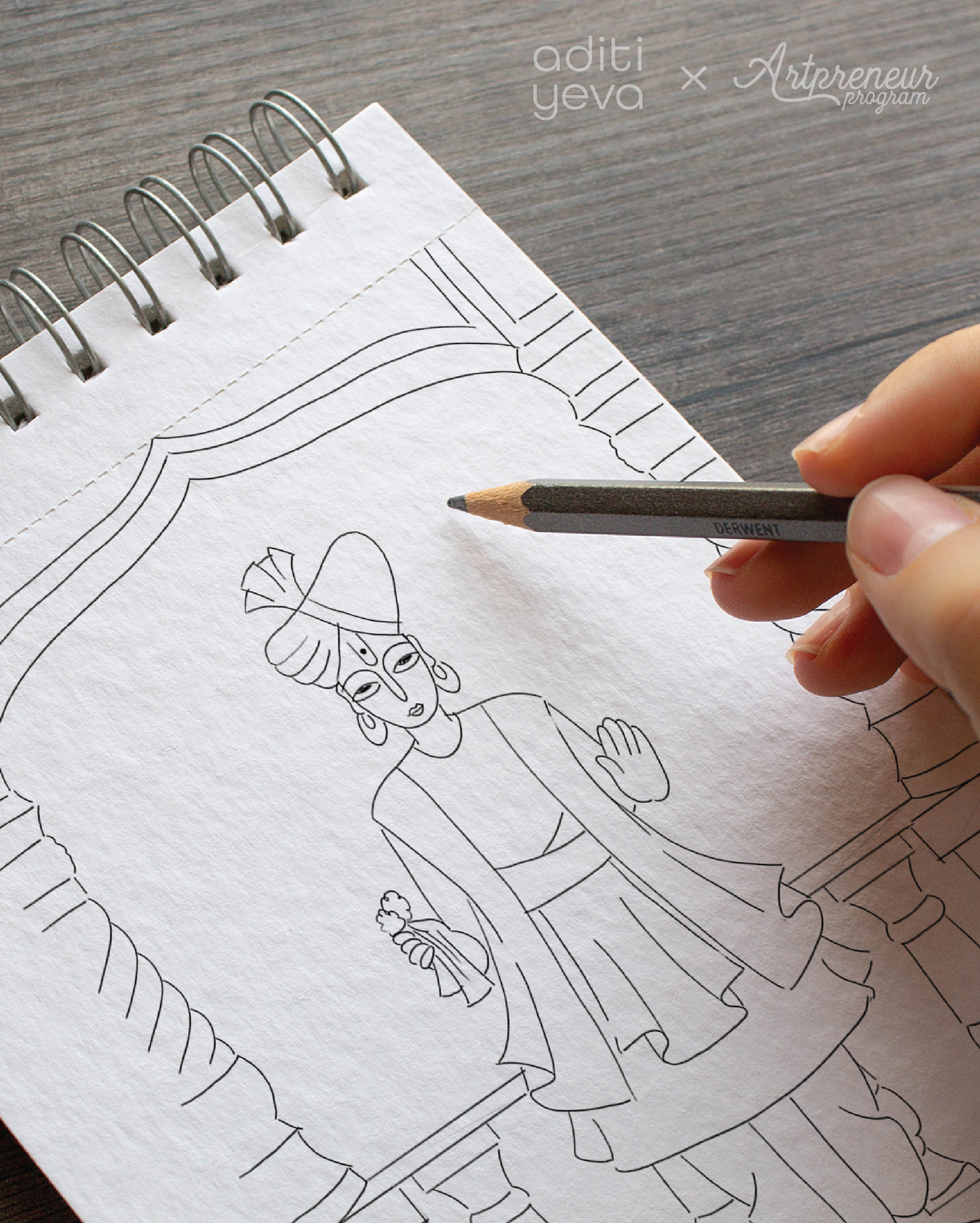
SWAMI VIVEKANANDA
Born as Narendranath Datta, Vivekananda was the chief disciple of Ramakrishna Paramahamsa. He introduced Vedantas and Yoga to the Western world by attending the World Parliament of Religions in Chicago. He is famous for his speech which began as “Sisters and Brothers of America”. Vivekananda conducted hundreds of public and private lectures and classes, promulgating tenets of Hindu philosophy in the United States and Europe. He founded Ramakrishna Math and Ramakrishna Mission. Through his books, he worked for the welfare of women. His birthday is celebrated as National Youth Day in India.
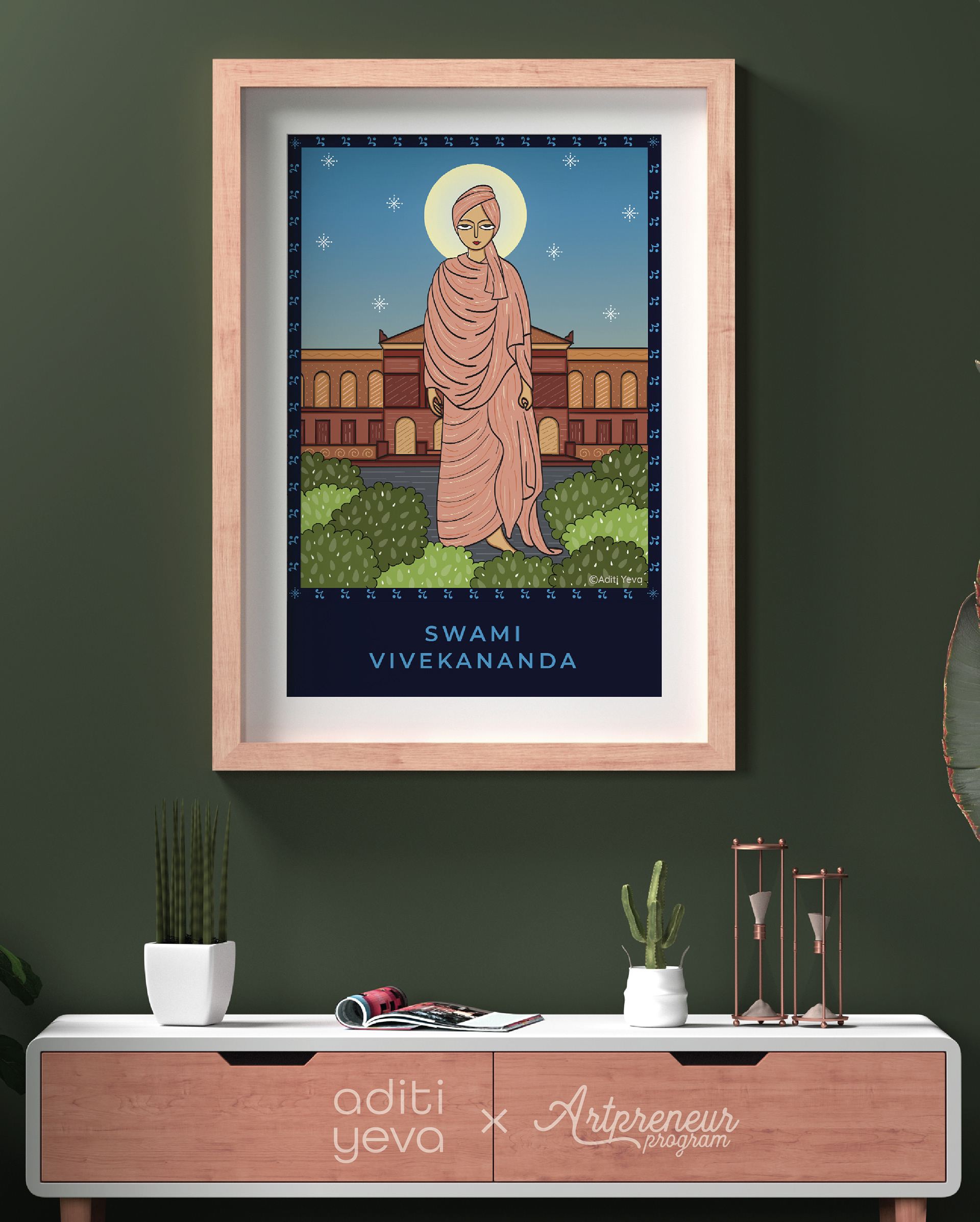
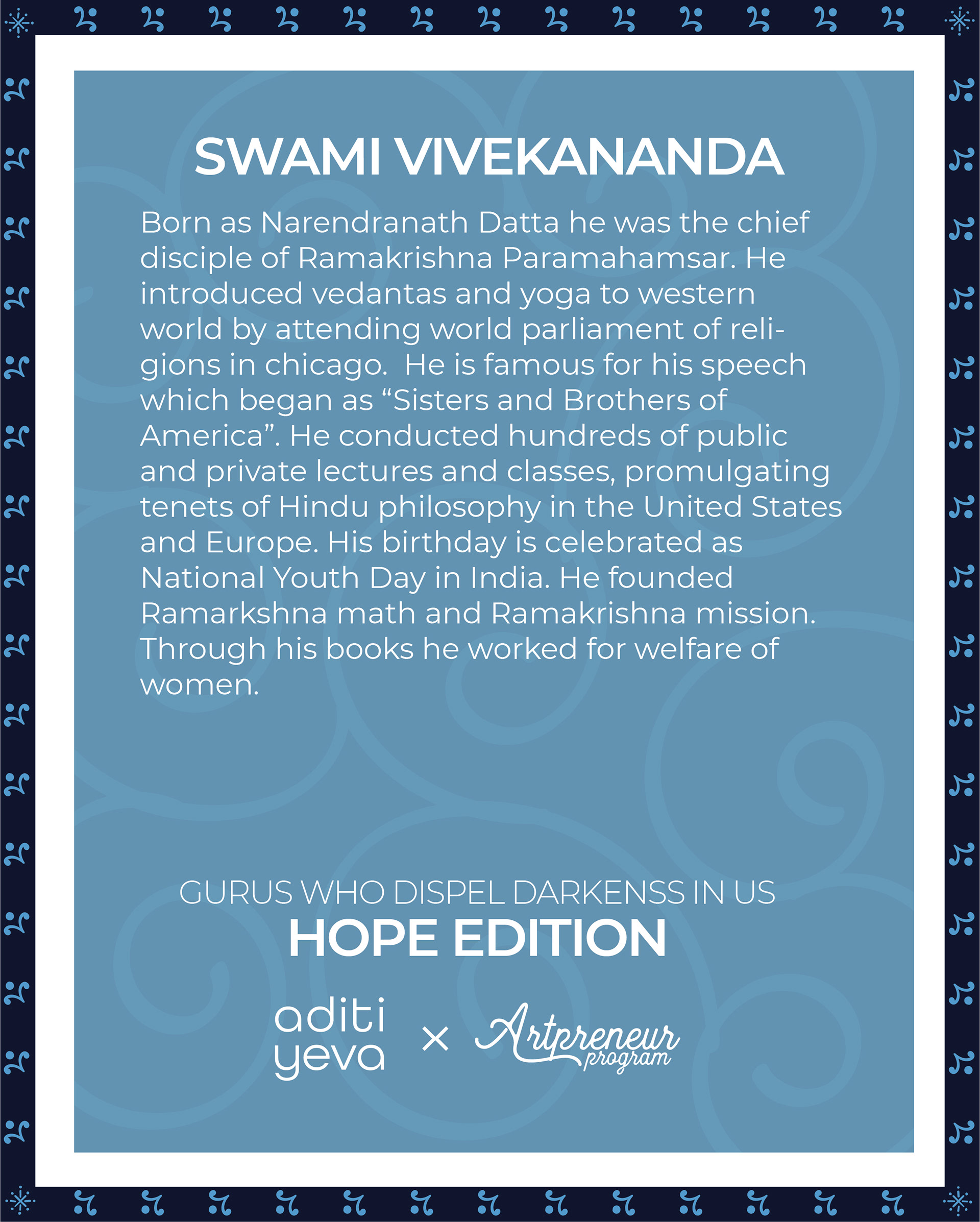
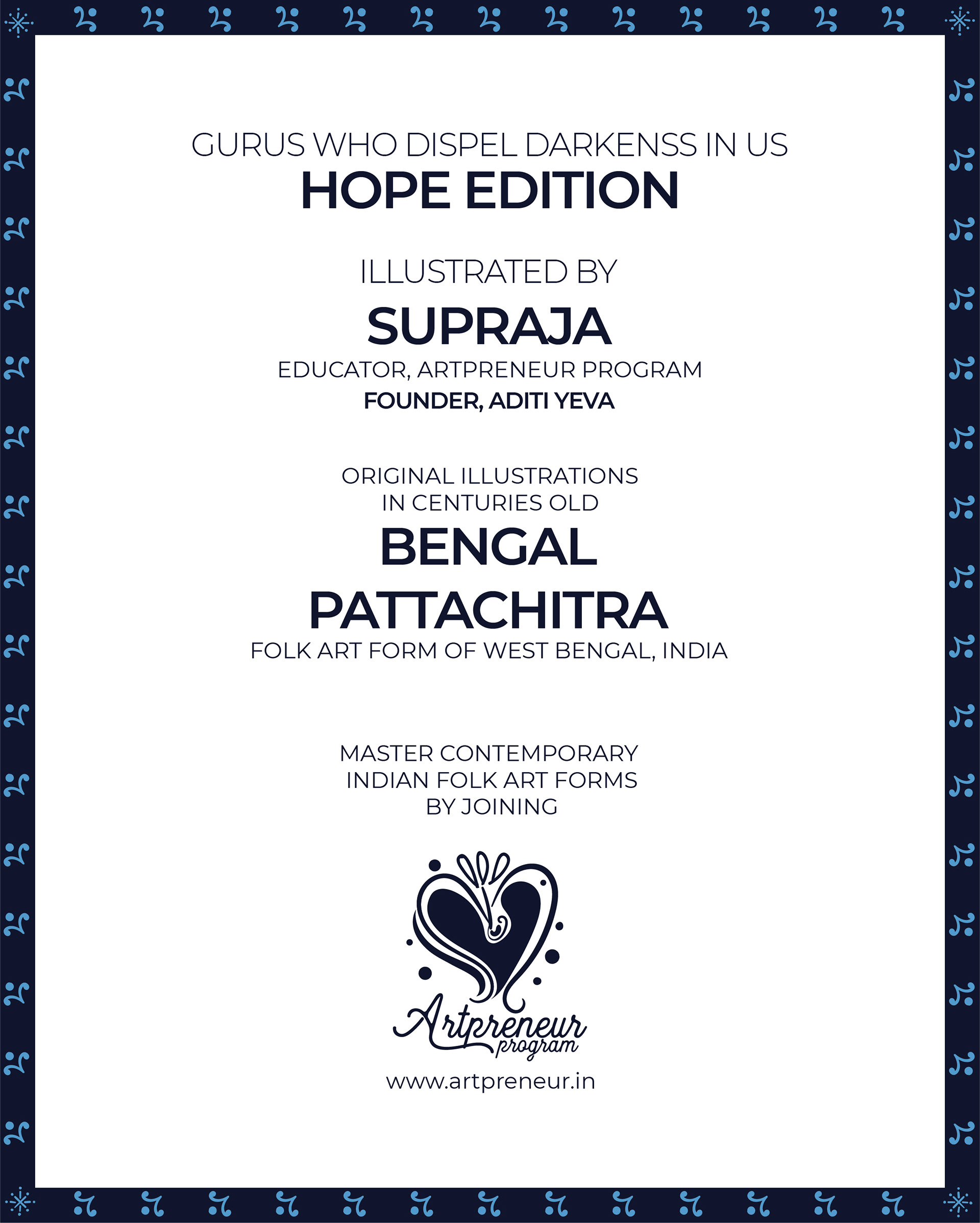
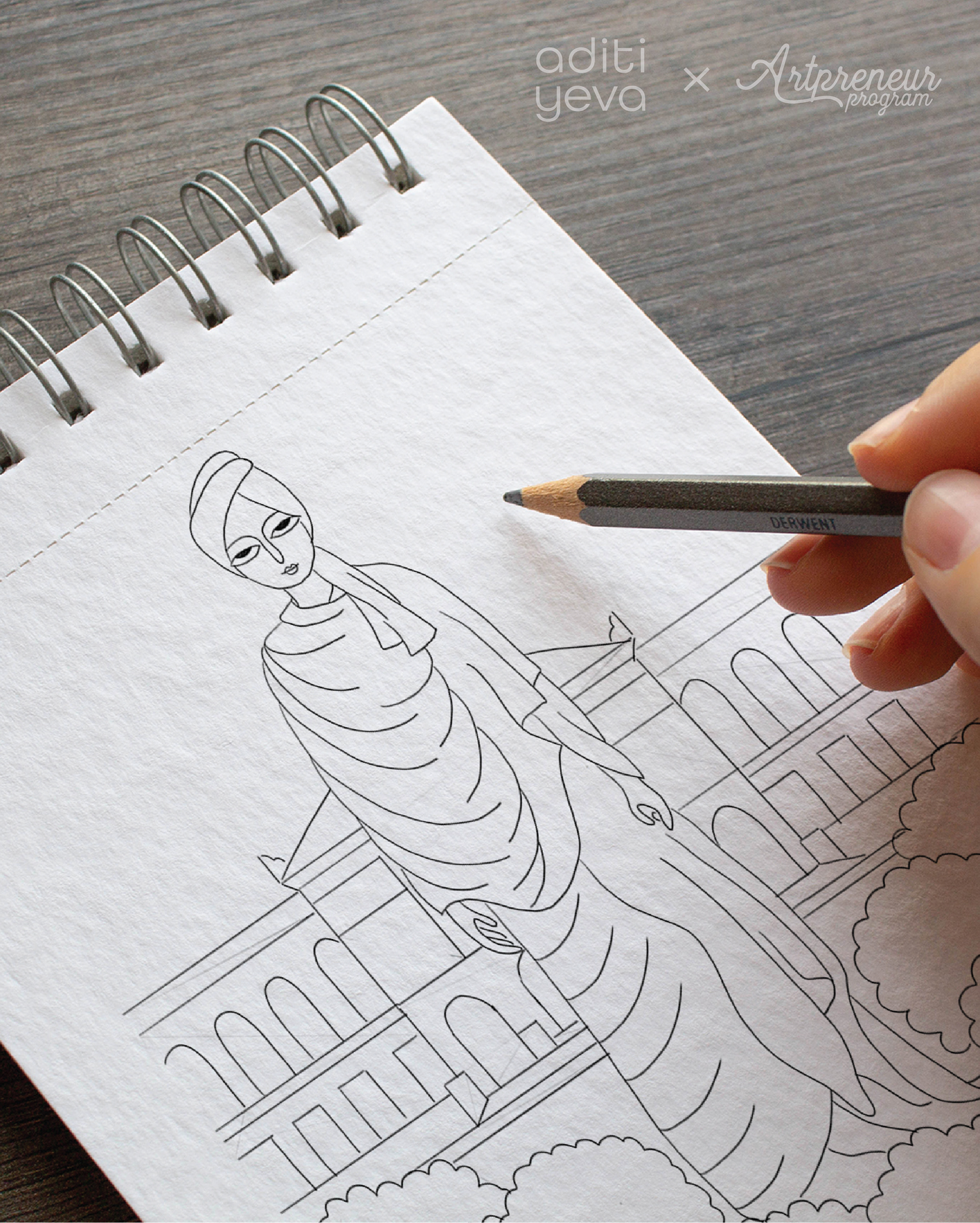
THANK YOU
These illustrations are protected by U.S. & International copyright laws. Reproduction, distribution, recreation of these illustrations in any medium or platform is prohibhited. AditiYeva is the owner of copyrights for these illustrations.
Please contact AditiYeva for commercial license and for purchase of these illustrations.
